Overview of Digital Art Tools
Choosing the right digital art tools transforms the artistic process. Each tool offers unique features that can significantly enhance creativity.
Importance of Choosing the Right Tools
Investing time in selecting the right tools improves workflow and creativity. The right tools enable artists to work efficiently and explore various styles. Better tools often lead to higher quality work, more satisfaction with the creation process, and easier troubleshooting.
- Raster Graphics Editors: Tools like Adobe Photoshop, Clip Studio Paint, and Corel Painter focus on editing pixel-based images. They allow detailed work with flexibility in brushes and textures.
- Vector Graphics Editors: Software such as Adobe Illustrator and Affinity Designer handles scalable graphics without loss of quality. These are essential for logo design, icons, and technical illustrations.
- 3D Modeling Software: Programs like Blender, Autodesk Maya, and ZBrush enable the creation of three-dimensional objects and environments. These allow artists to sculpt and animate digital models for games, movies, and simulations.
- Digital Painting Software: Applications like Procreate and Krita offer robust features tailored for painting and drawing on digital canvases. These provide a natural feel and tools that mimic traditional painting methods.
By understanding the importance and variety of digital art tools, artists can make informed decisions and select the best options to enhance their workflow and creativity.
Popular Software for Digital Painting
Selecting the right digital painting software enhances artistic output. Here are two popular options.
Adobe Photoshop
Adobe Photoshop stands as a key player in digital painting. It offers an extensive range of brushes, textures, and customizable tools. Artists can layer, blend, and manipulate images with high precision. Photoshop’s compatibility with other Adobe software adds value, making it a versatile tool in any digital artist’s toolkit. For digital artists, Photoshop remains a staple due to its robust feature set and constant updates.
Corel Painter
Corel Painter, known for its realistic brush strokes, mimics traditional media like oil, watercolor, and pastel. It provides over 900 brushes, offering significant flexibility. Artists benefit from advanced blending capabilities and rich textures.
Corel Painter also features intuitive design and is optimized for working with a stylus, making it popular among illustrators and concept artists. The tool’s focus on replicating traditional methods sets it apart, ensuring a unique digital painting experience.
Vector Art and Illustration Tools

Vector art tools allow for scalable and high-quality illustrations, essential for graphic design, branding, and much more.
Adobe Illustrator
Adobe Illustrator stands as a leading tool for vector art. It offers robust features like advanced path creation, precision drawing tools, and extensive typography options. Integration with other Adobe Creative Cloud apps enhances workflow efficiency.
For example, I can seamlessly switch between Adobe Illustrator and Adobe Photoshop during a project to utilize the strengths of both programs. Illustrator’s detailed tutorials and user forums provide substantial support for beginners and professionals alike, making it versatile and user-friendly.
Affinity Designer
Affinity Designer is a powerful alternative that blends raster and vector art capabilities. Known for its affordability and one-time purchase model, it suits budget-conscious artists. The software supports dynamic symbol functionality, high zoom accuracy, and vector brushes for intricate details.
With features like real-time design previews and smooth performance, even with complex documents, Affinity Designer caters to rigorous demands. I often rely on its regular updates that introduce new tools and enhance existing ones, ensuring the software evolves with user needs.
3D Modeling Software for Artists
3D modeling software empowers artists to create intricate, lifelike designs. These tools cater to various aspects like animation, rendering, and texturing.
Blender
Blender is an open-source, free-to-use software ideal for 3D artists. It offers features like modeling, sculpting, animation, and rendering. Blender’s active community constantly contributes to its development, allowing it to compete with paid software.
I find its modifiers and procedural workflow to be excellent for creating complex shapes quickly. Its integration with Python scripting extends its functionality, making it a go-to for those who enjoy customizing their tools.
Autodesk Maya
Autodesk Maya stands out for its robust set of tools for modeling, animation, and rendering. It’s widely used in the film and gaming industries due to its advanced simulation capabilities.
I appreciate Maya’s comprehensive node system and Arnold renderer, which allows for high-quality visual effects. Its support for third-party plugins and seamless workflow integration makes it suitable for large-scale projects.
Tools for Animation and Motion Graphics
Creating dynamic animation and motion graphics requires specialized tools designed to handle complex tasks, from keyframe animation to visual effects integration. Here, I cover two industry-leading tools that artists rely on for stunning results in their animated projects.
Adobe After Effects
Adobe After Effects stands out as a versatile software for motion graphics and visual effects. It enables users to create intricate animations and integrate them seamlessly with other Adobe Creative Cloud applications like Premiere Pro and Photoshop. After Effects offers a range of features:
- Keyframe Animation: Allows frame-by-frame animation to bring elements to life.
- Visual Effects Integration: Includes tools for compositing, keying, and tracking to enhance visual depth.
- Extensive Plugins: Supports third-party plugins for additional capabilities, ensuring endless creative possibilities.
- Pre-built Templates: Provides a library of motion graphic templates for quick project starts.
These attributes make Adobe After Effects a go-to for professionals in filmmaking, television, and digital media.
Toon Boom Harmony
Toon Boom Harmony is a powerful software solution tailored for 2D animation production. It’s utilized widely in TV shows, films, and video games for its robust features and intuitive interface. Key features include:
- Advanced Rigging: Offers sophisticated rigging tools for creating complex character animations.
- Deformers and Custom Effects: Enables artists to apply intricate deformation effects and design unique visual effects within the software.
- Paperless Animation: Supports traditional animation methods combined with digital efficiency, making it ideal for storyboard artists and animators.
- Multi-Plane Camera: Provides a virtual camera to simulate depth and parallax, adding an extra dimension to animations.
Toon Boom Harmony’s comprehensive toolset and industry reputation make it essential for any professional animator seeking high-quality outputs.
These tools facilitate the creation of motion graphics and animations, ensuring precision and creative freedom.





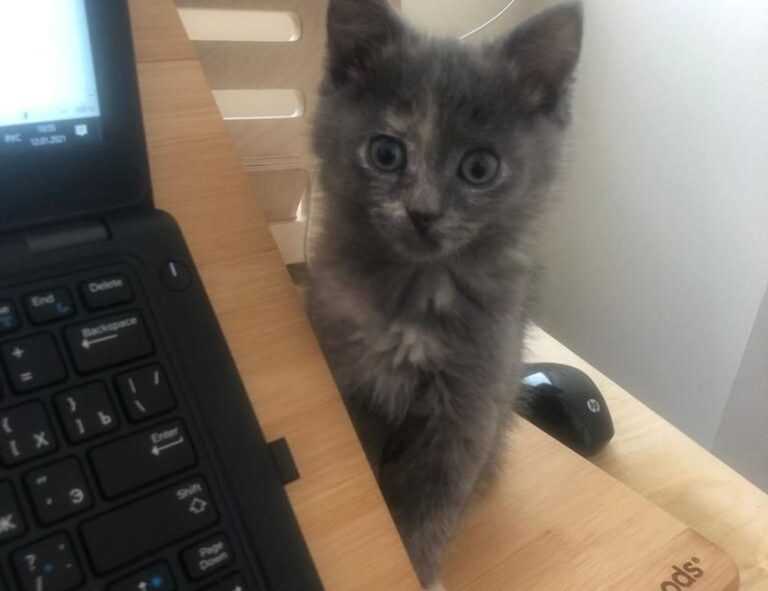































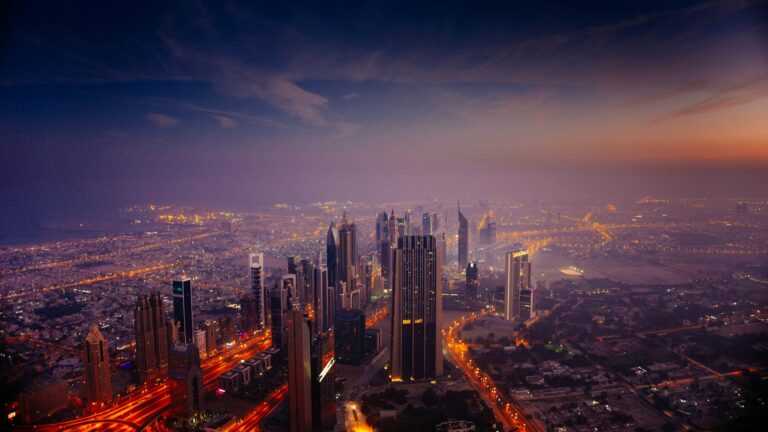




























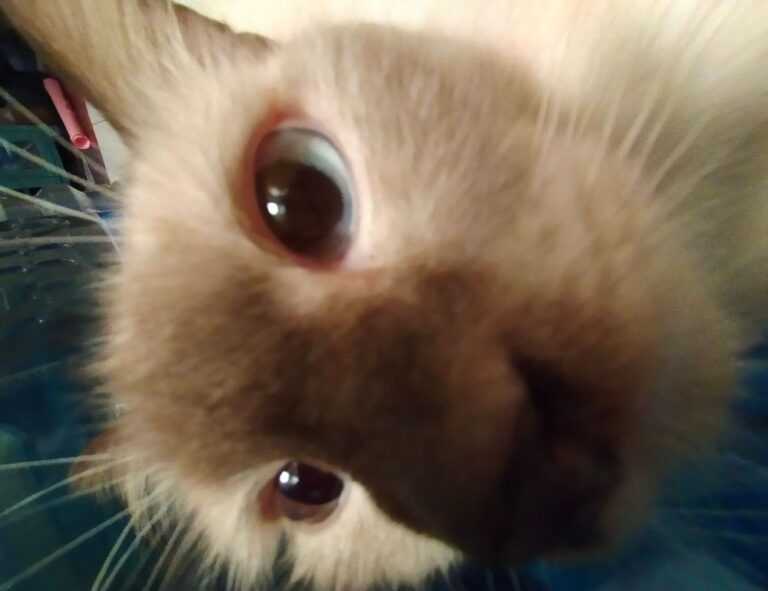





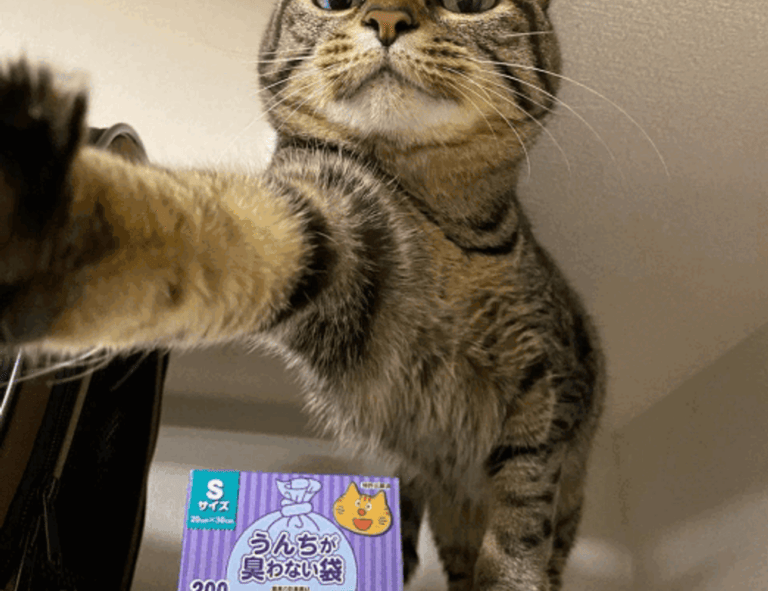

























































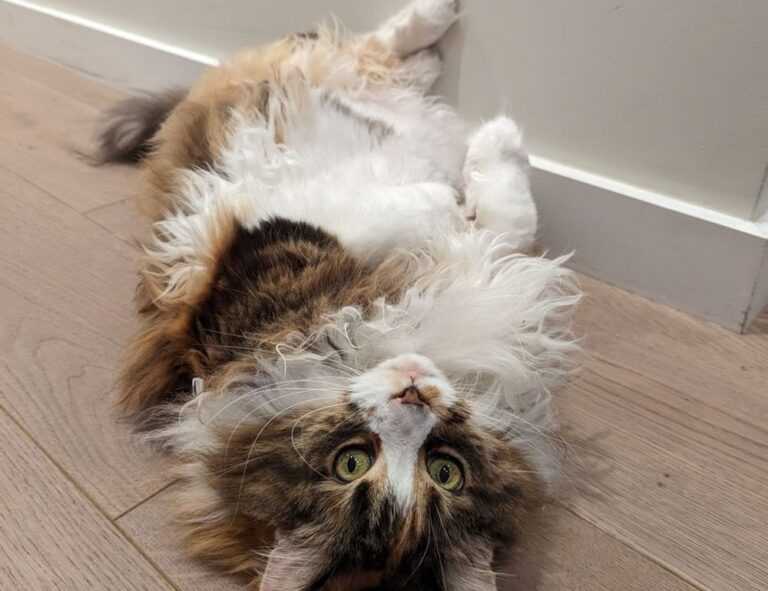
































































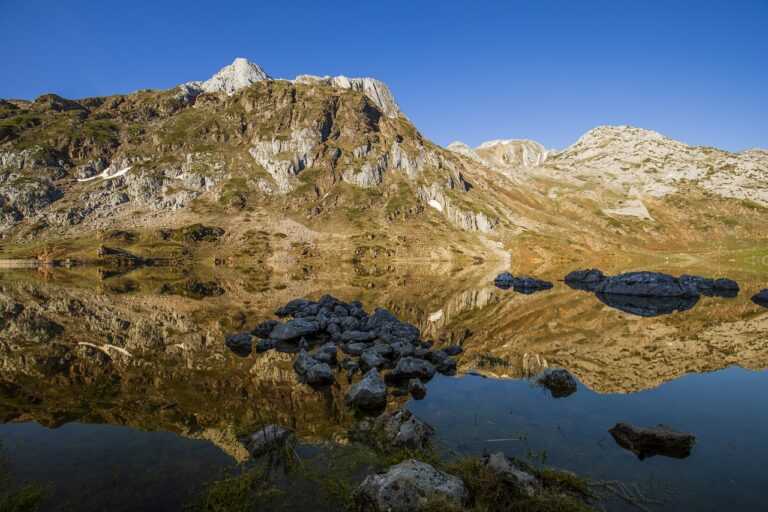







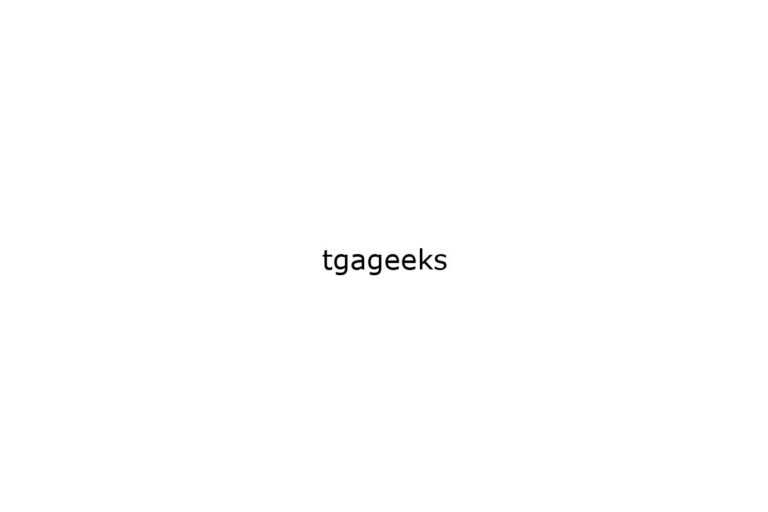










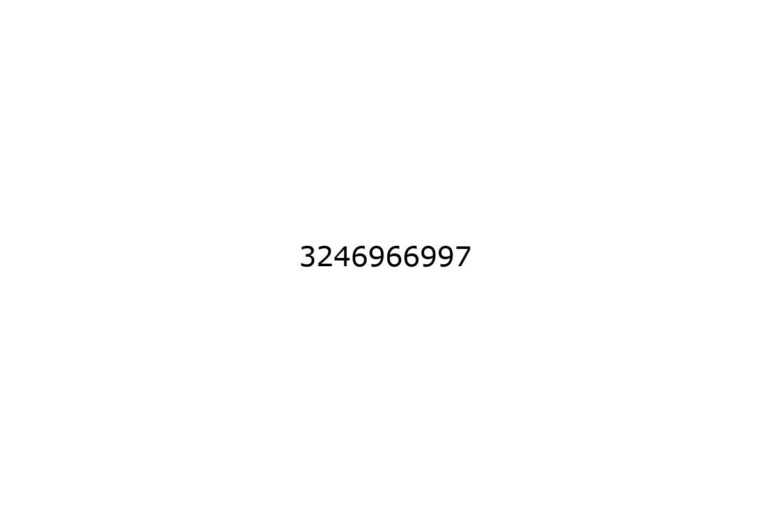
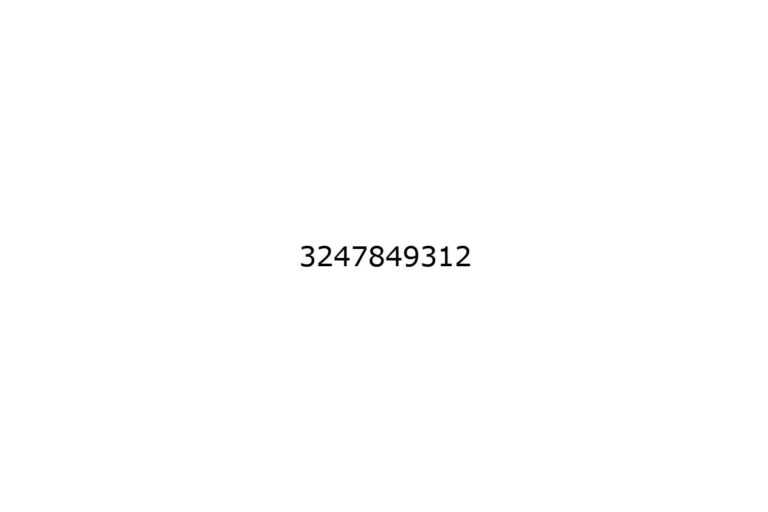






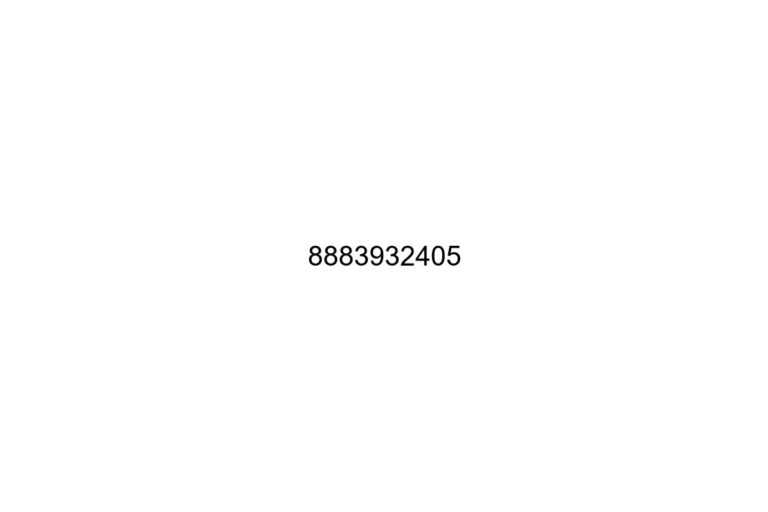























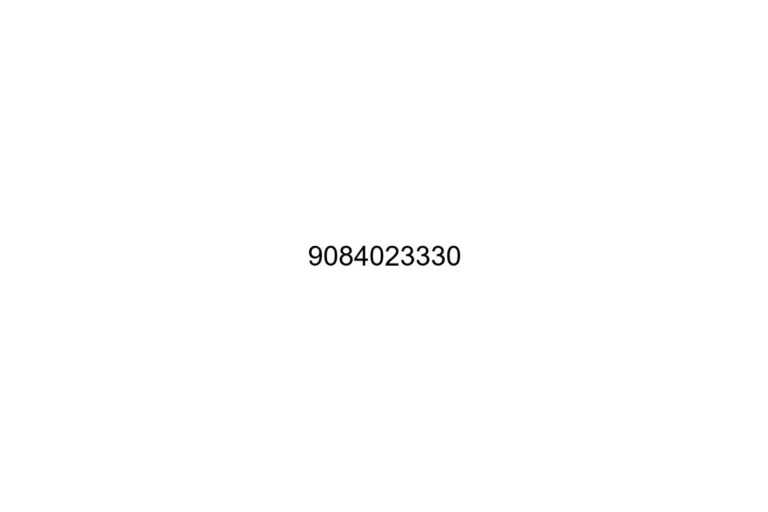
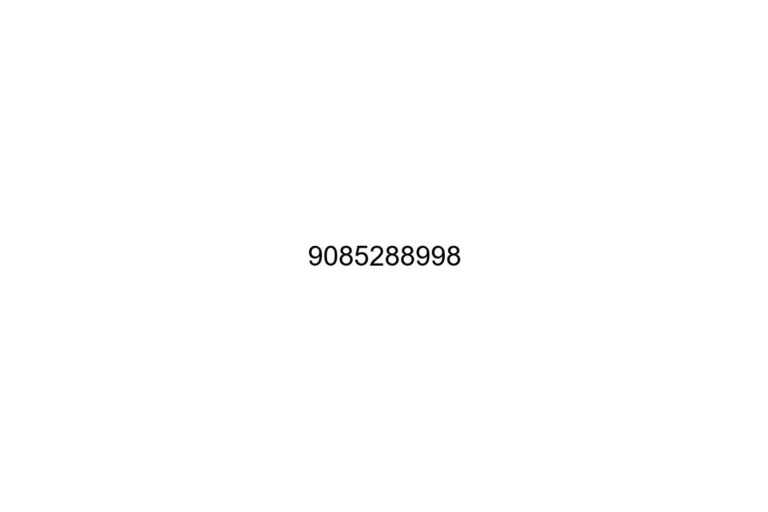


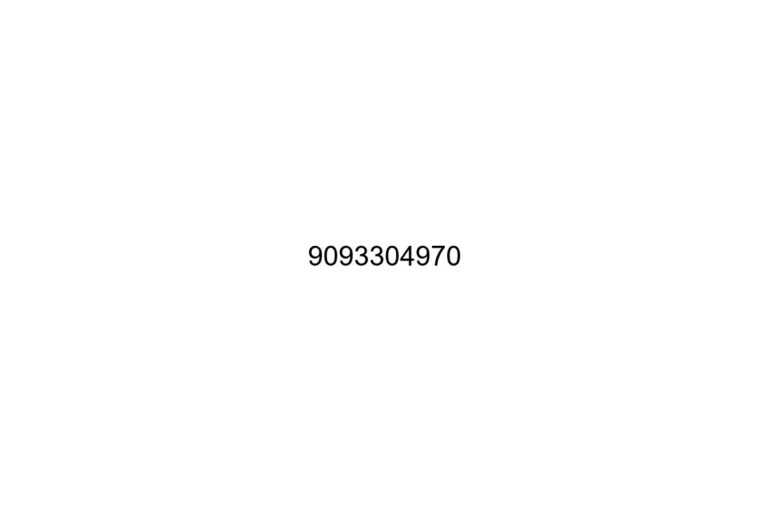



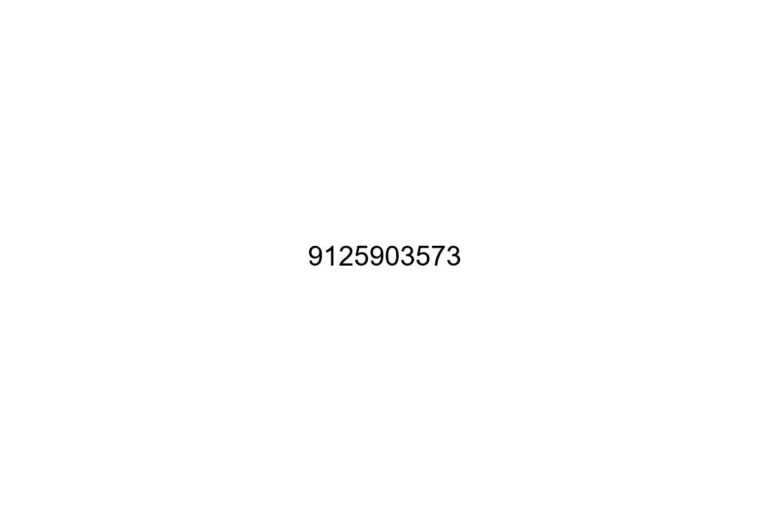









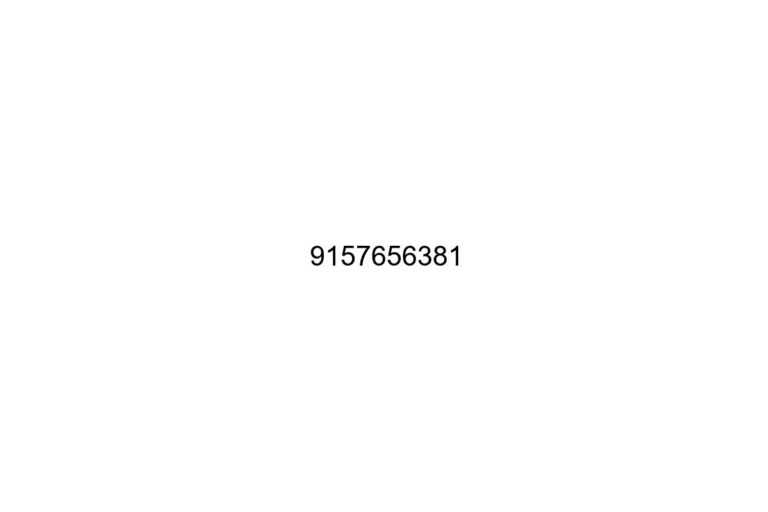


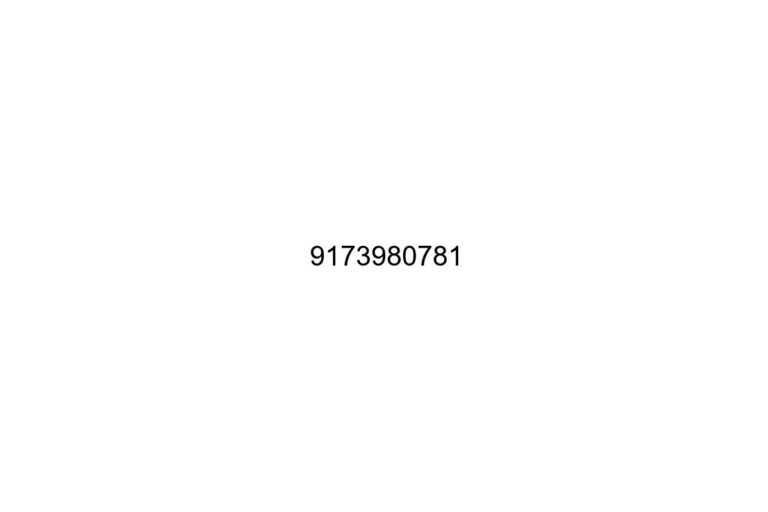







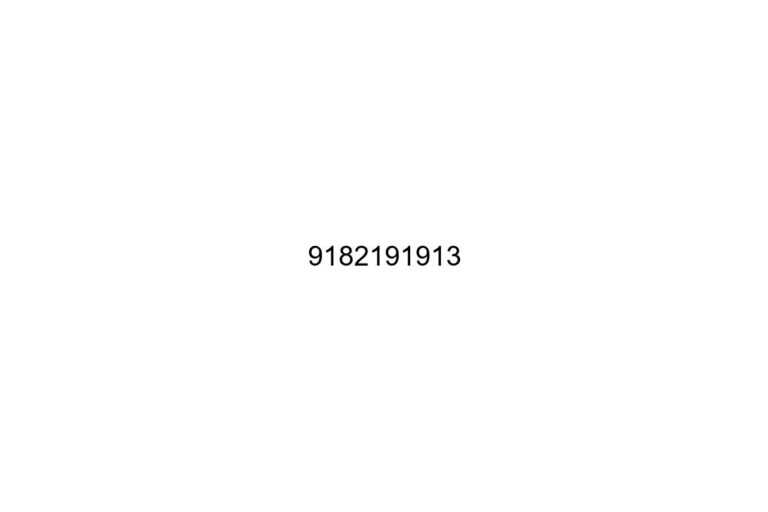












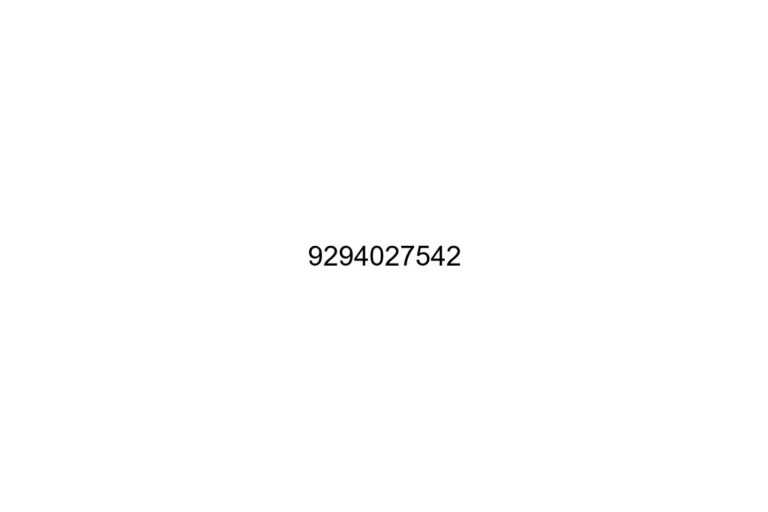





























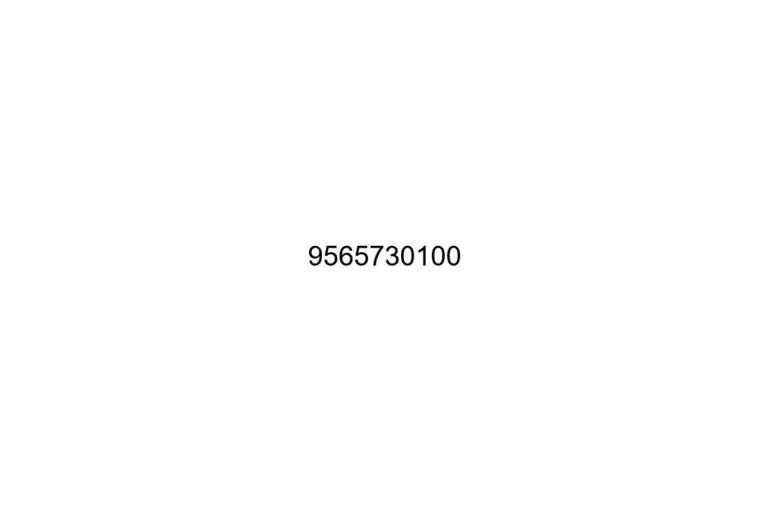





















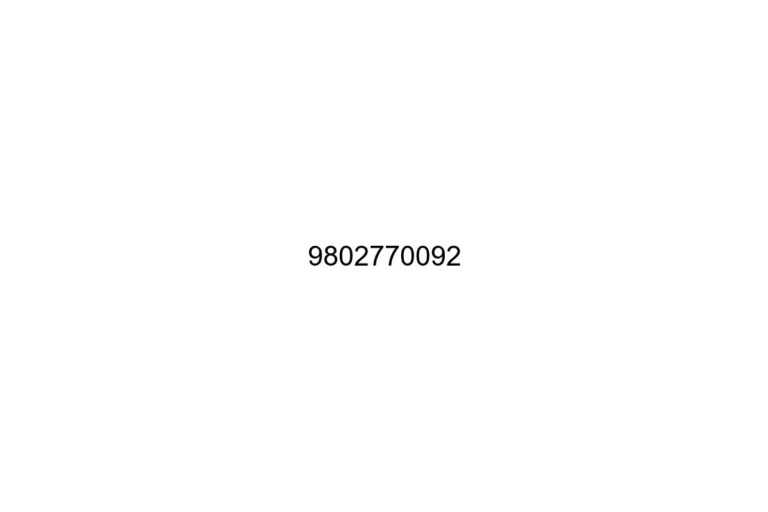












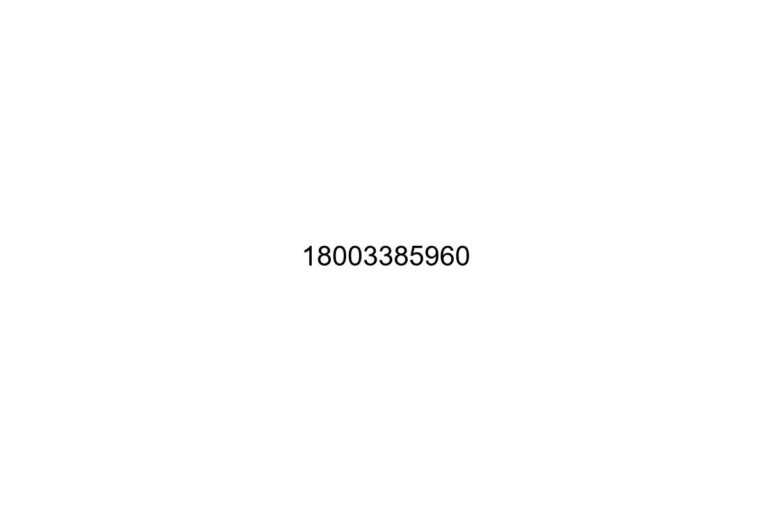



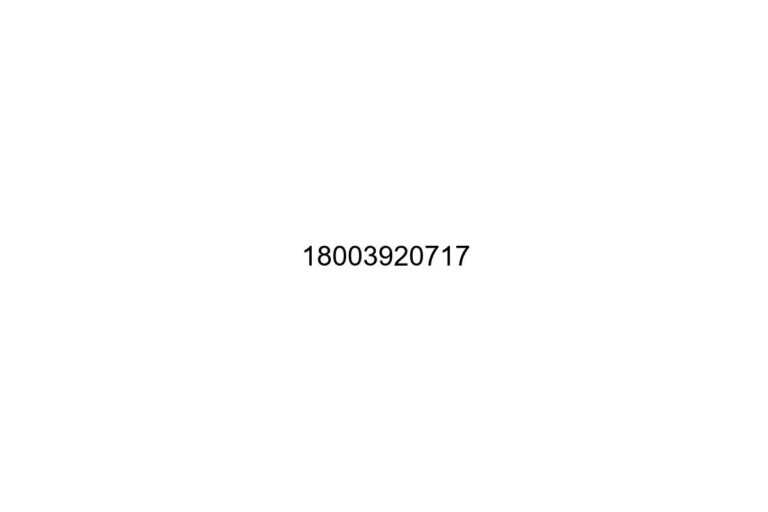









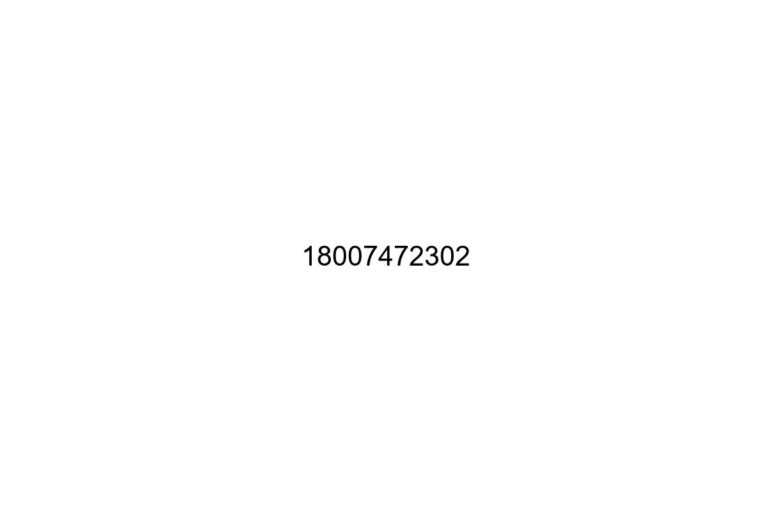






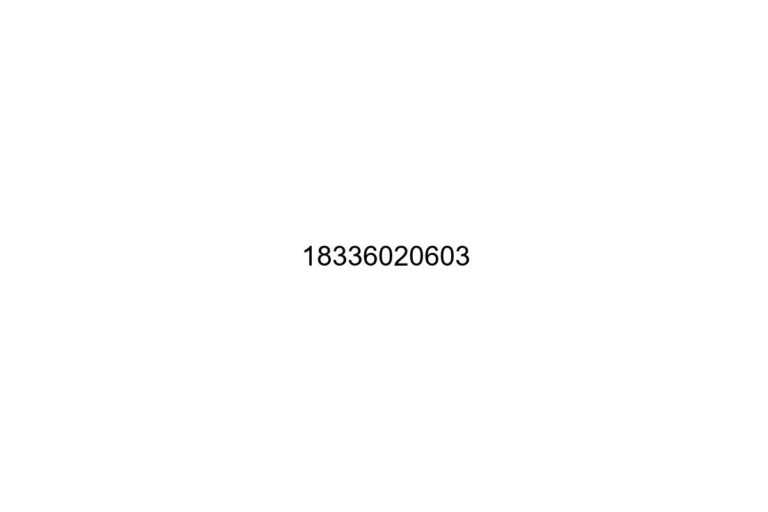
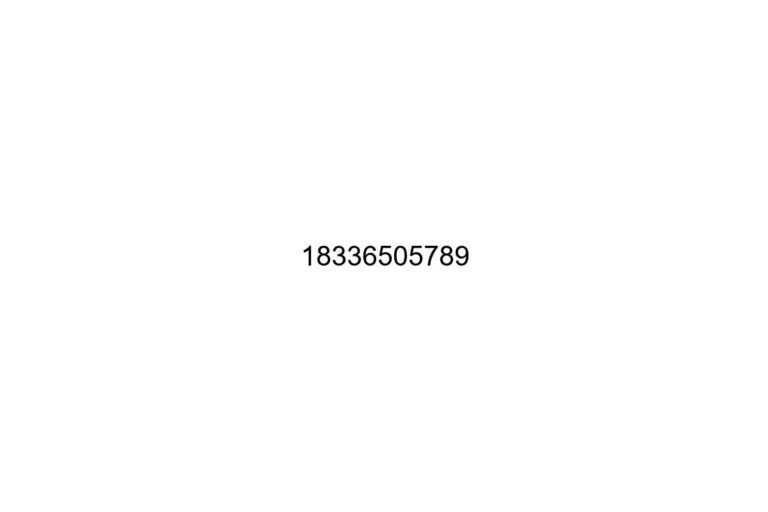
























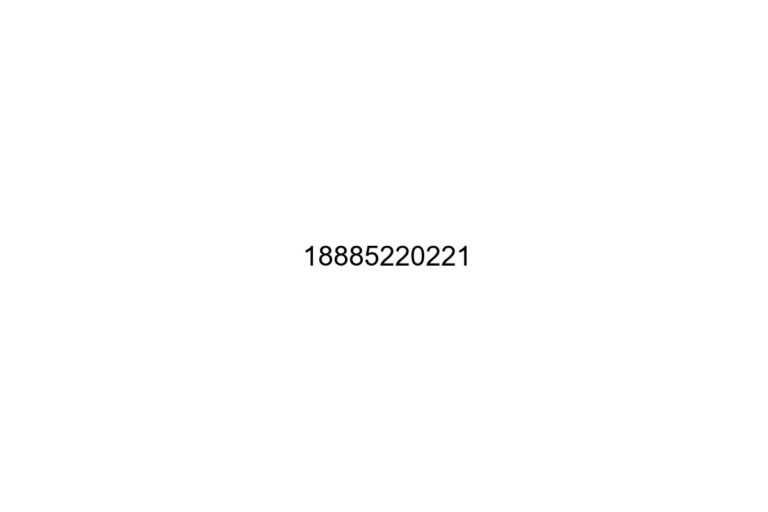




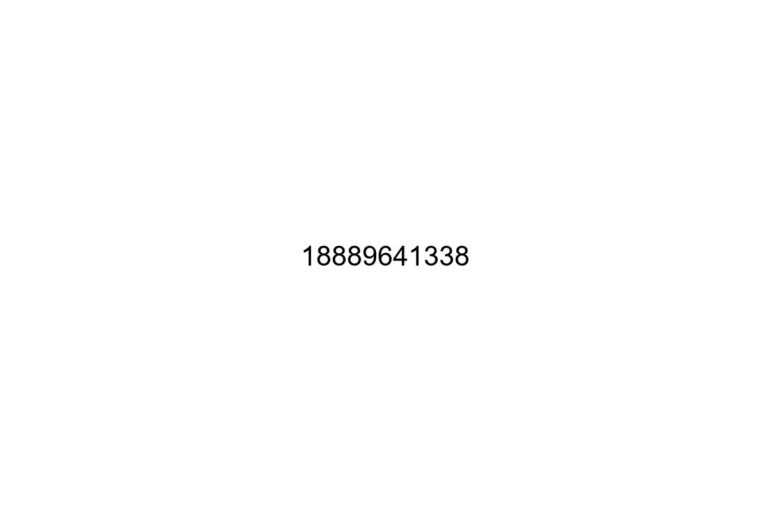










































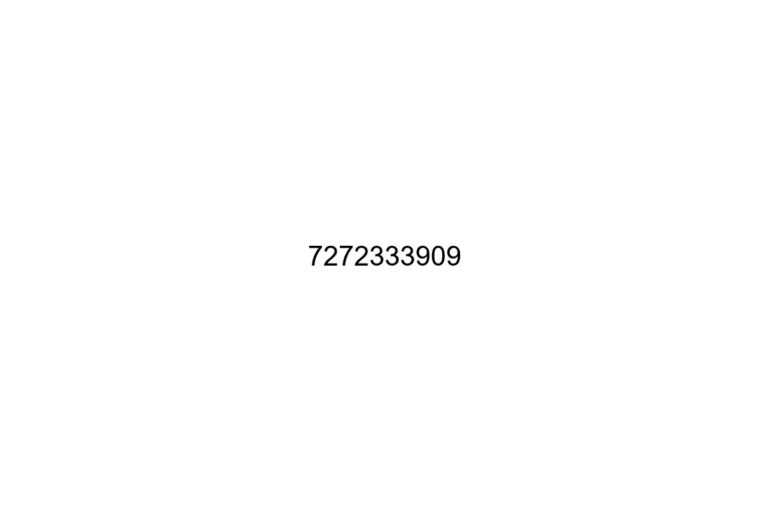




















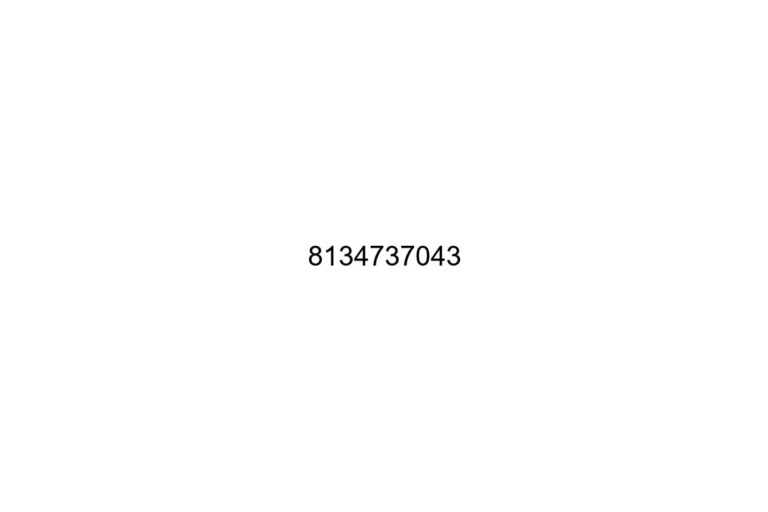






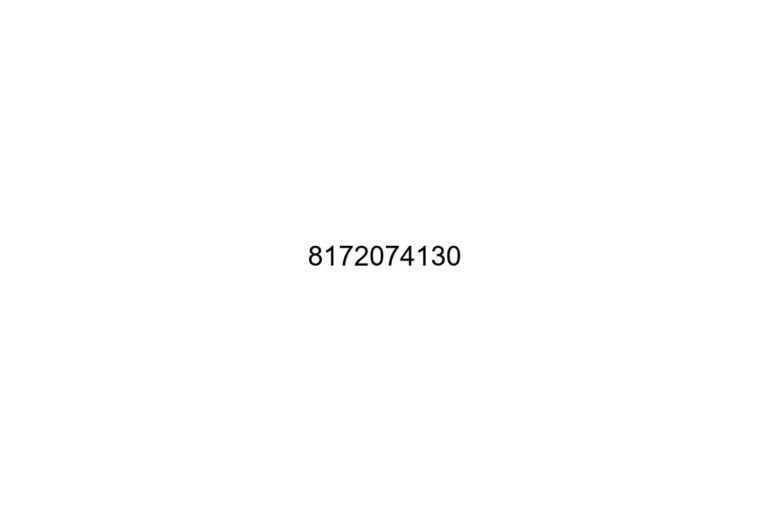






















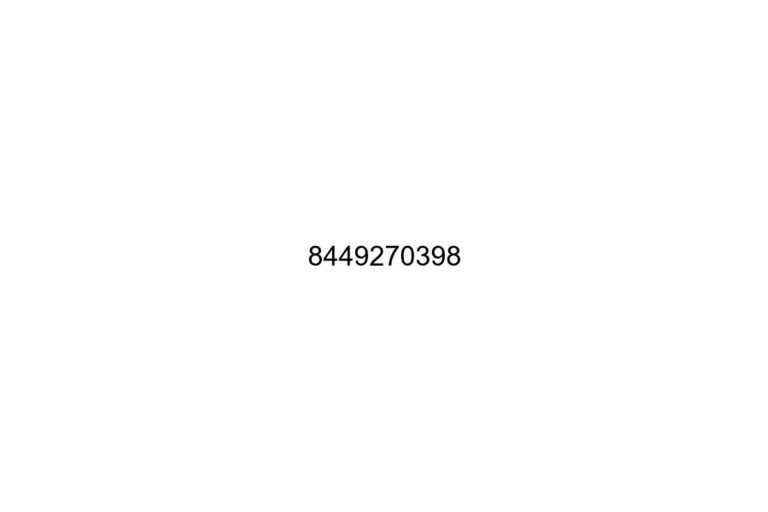





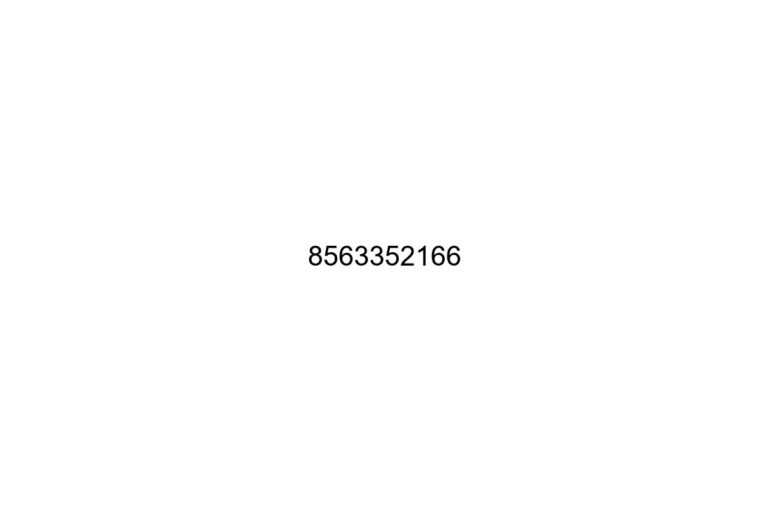














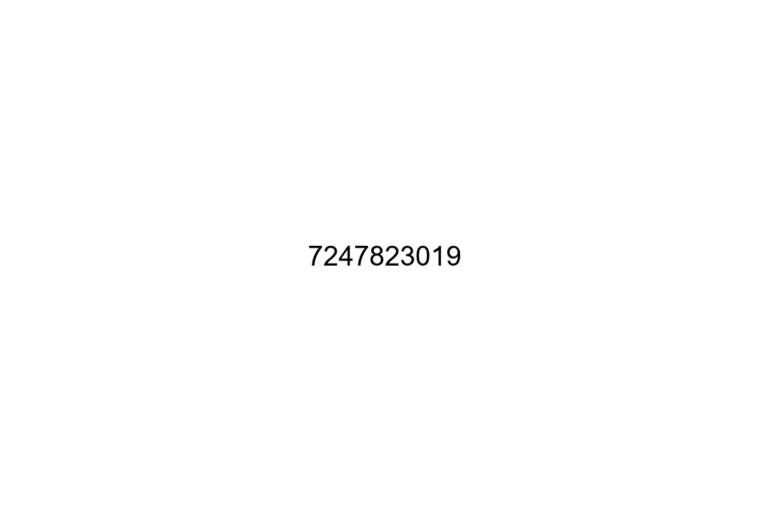







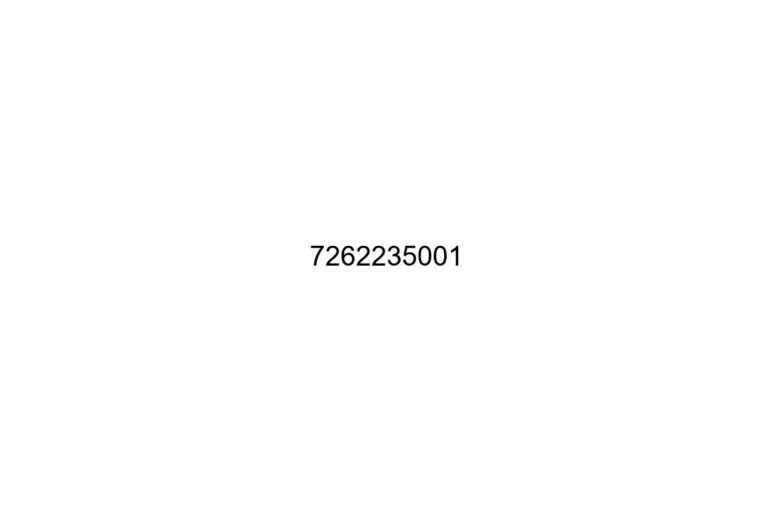














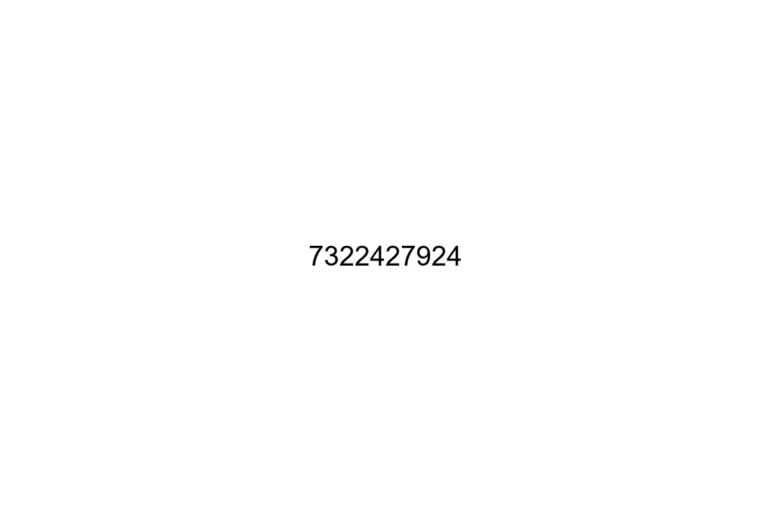










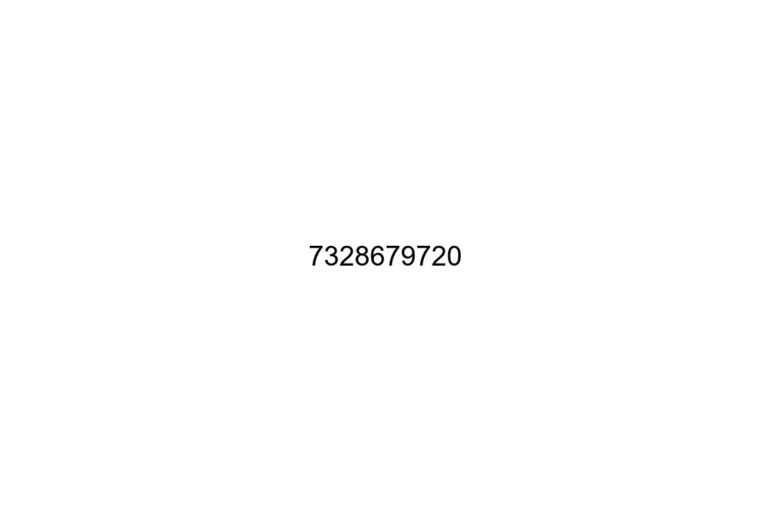






















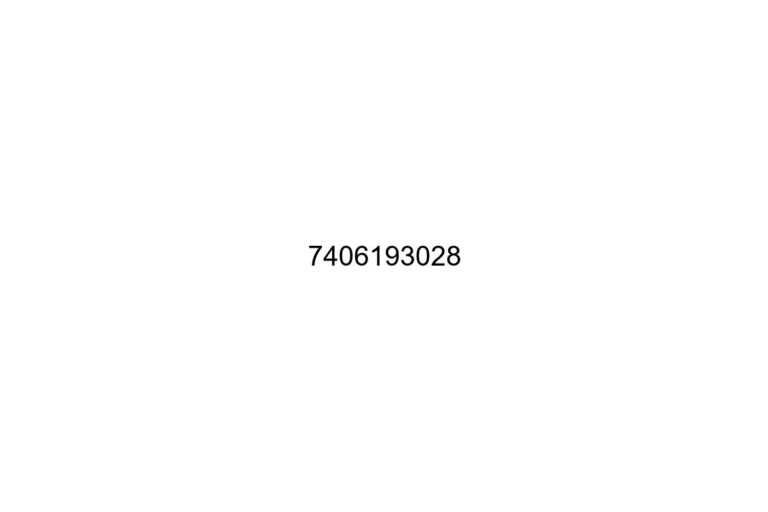
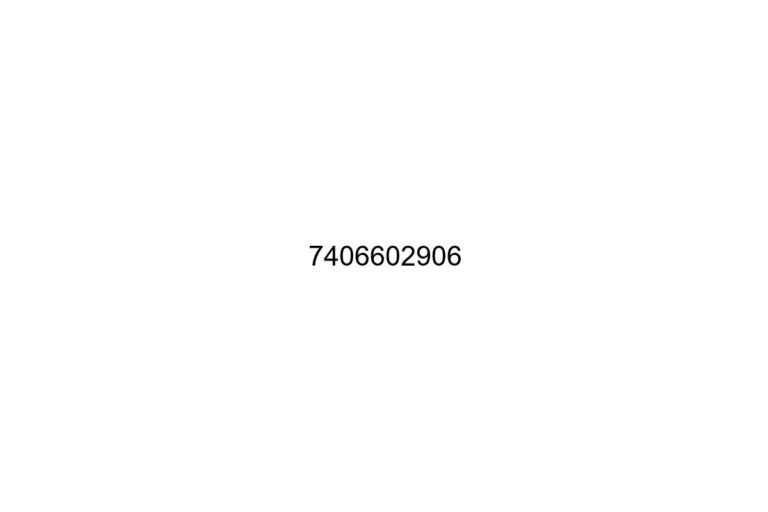



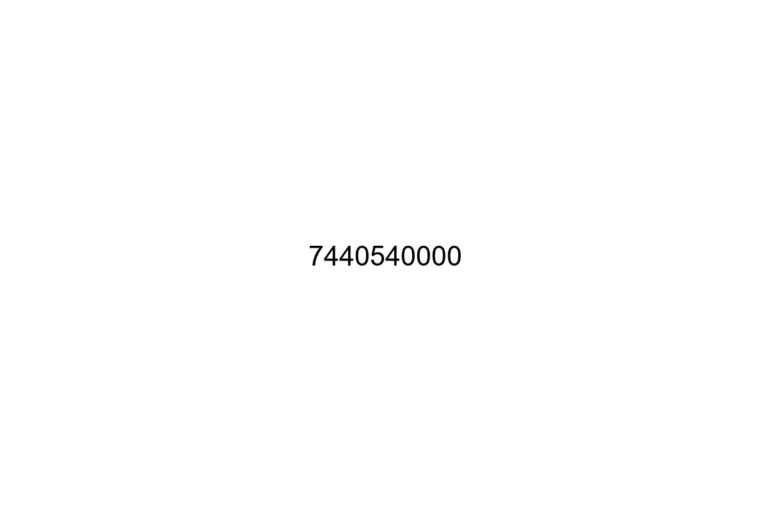









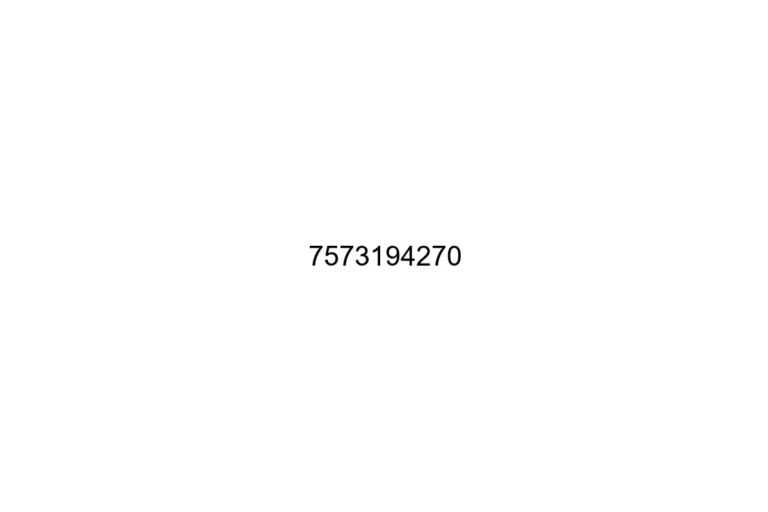




























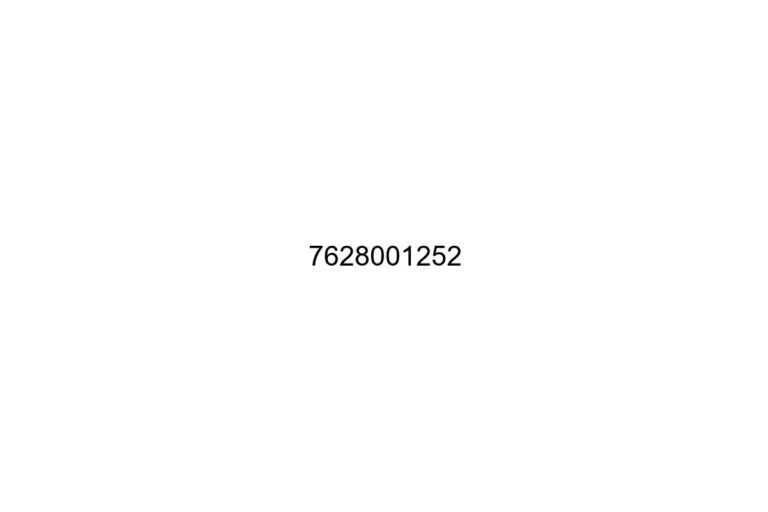













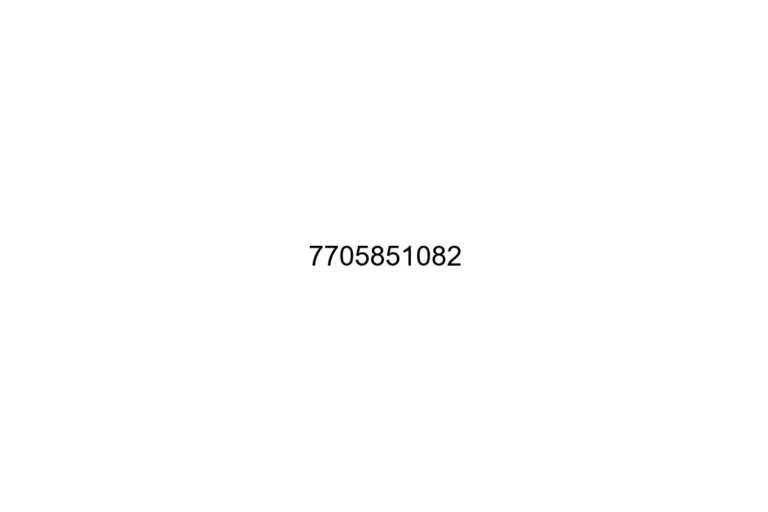



























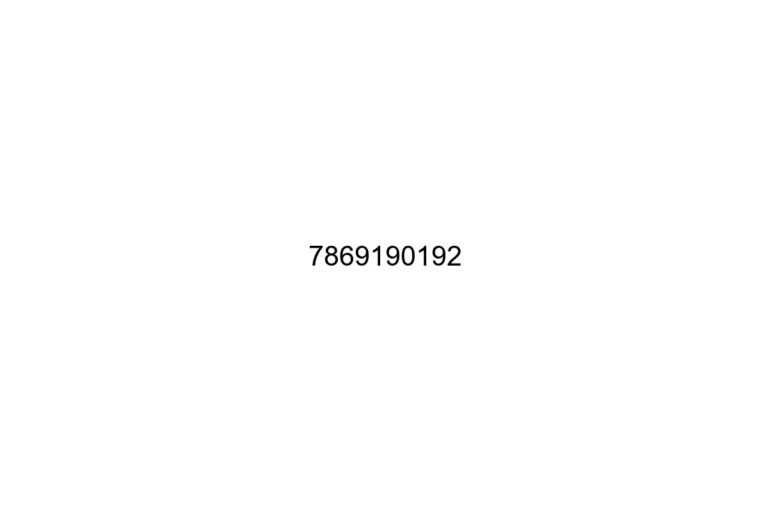















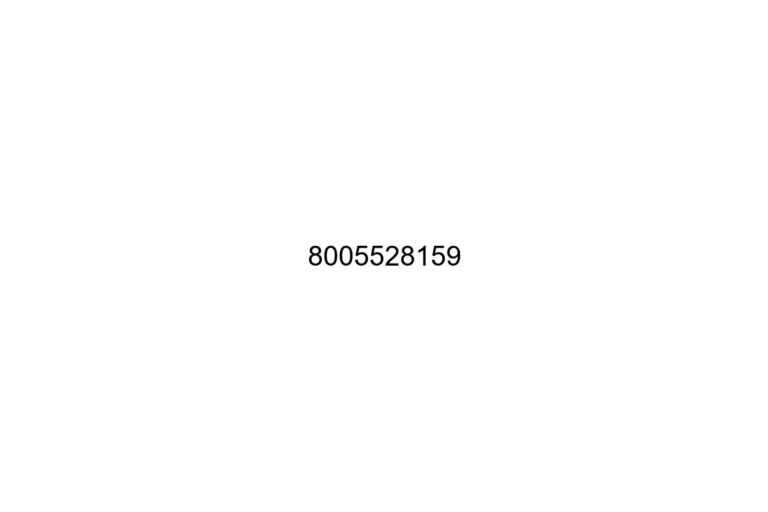












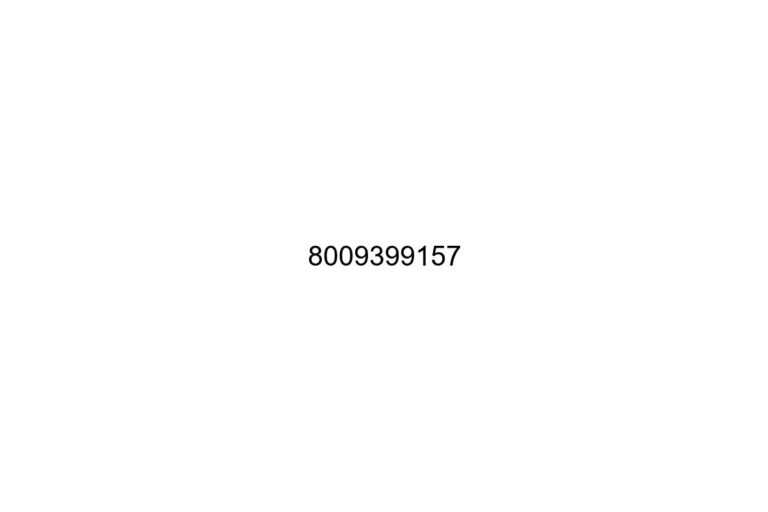












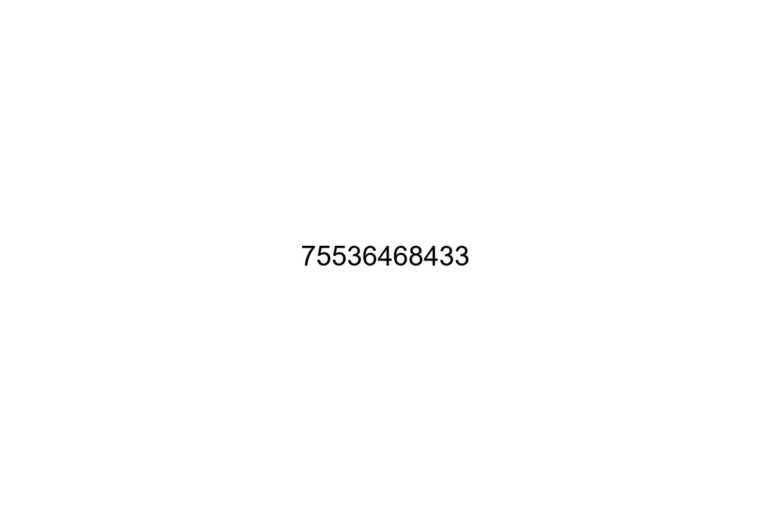
























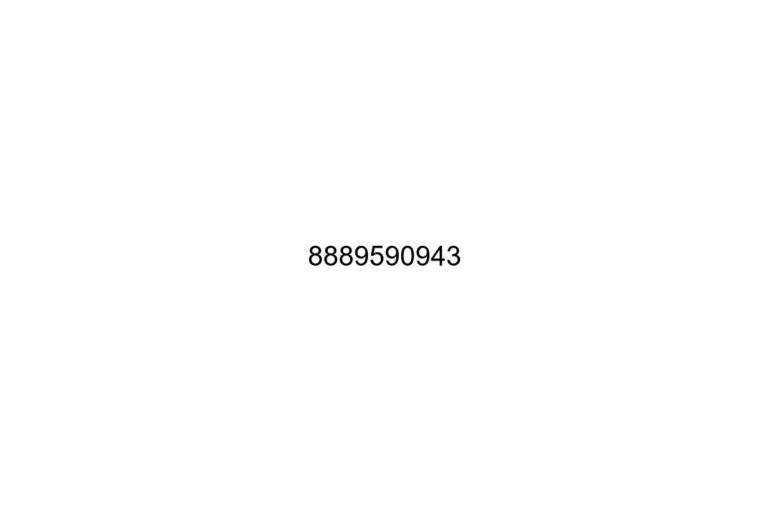











































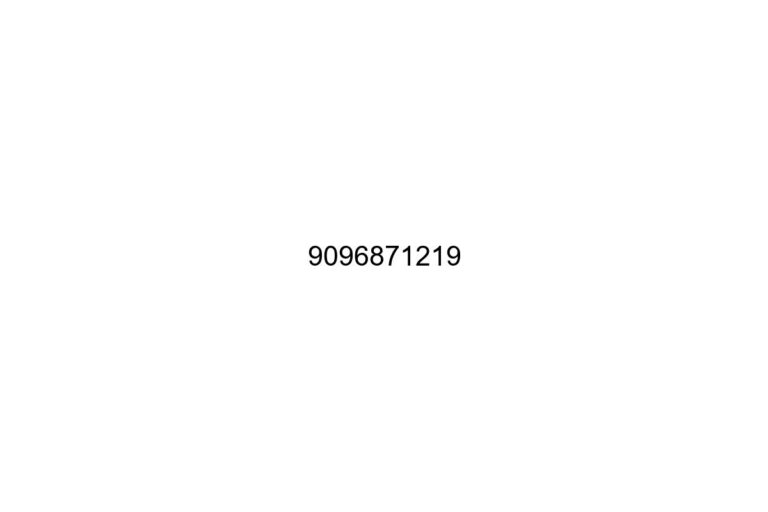



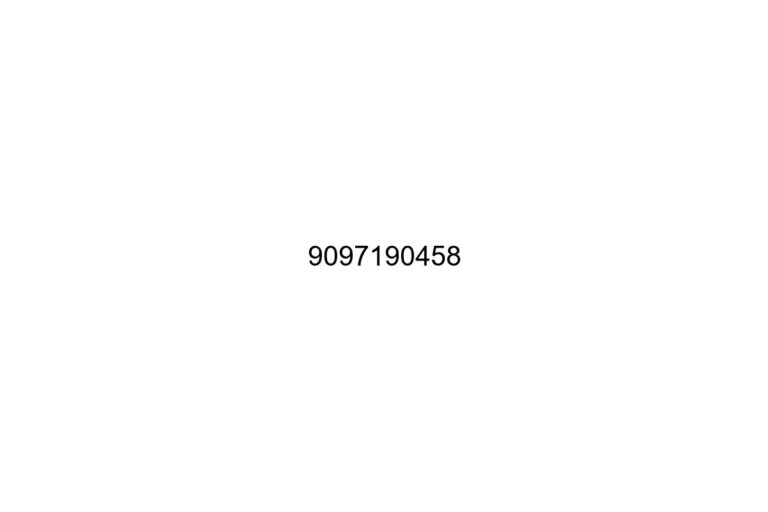








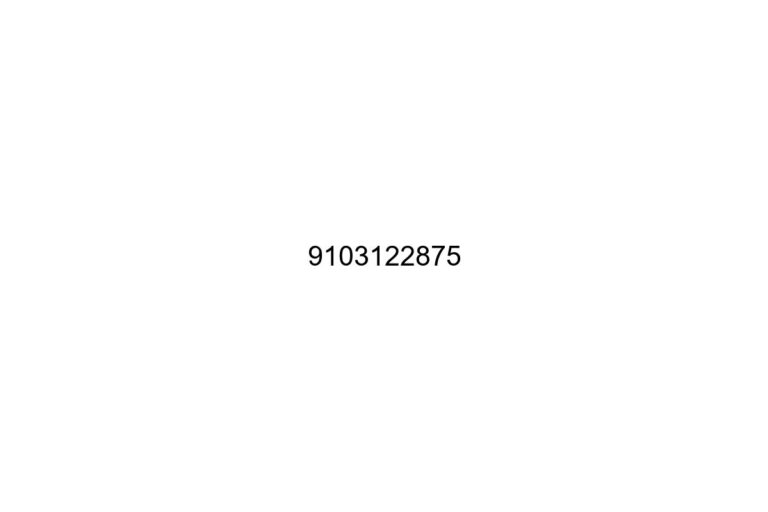











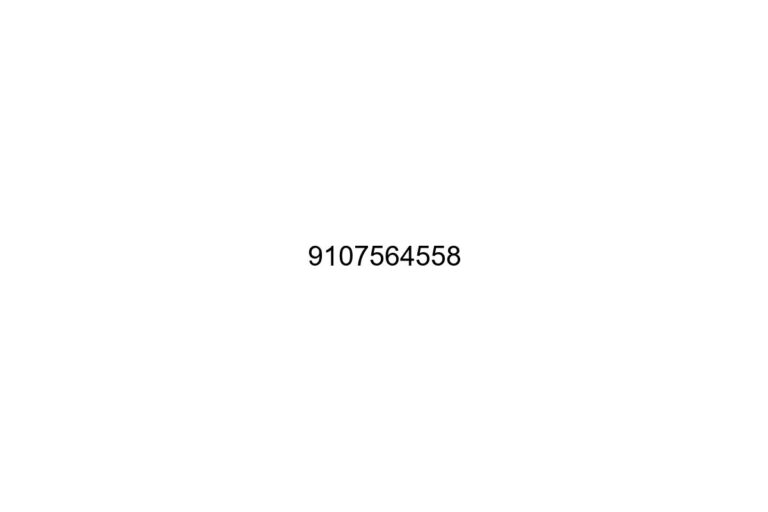
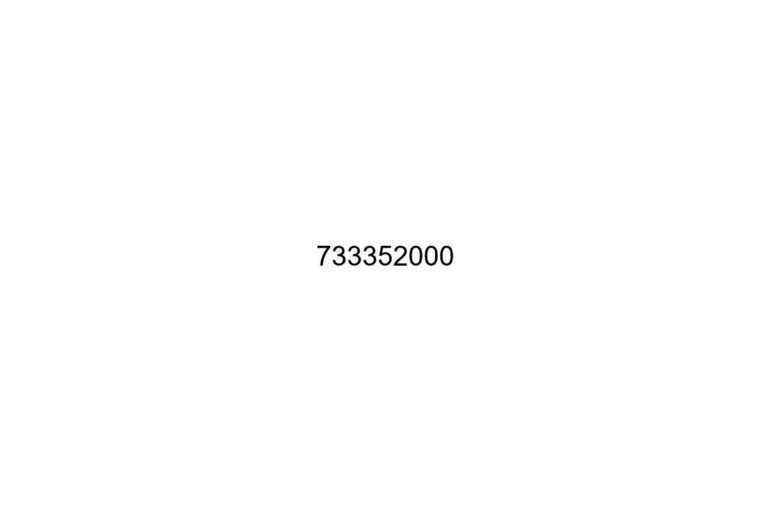





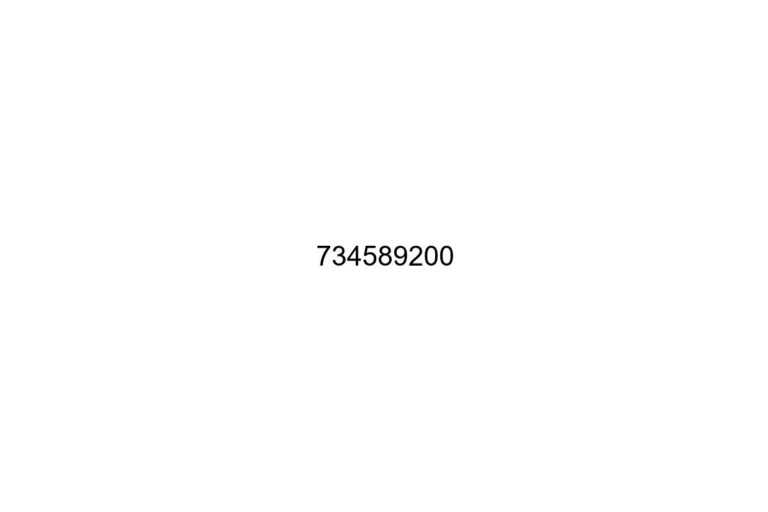




















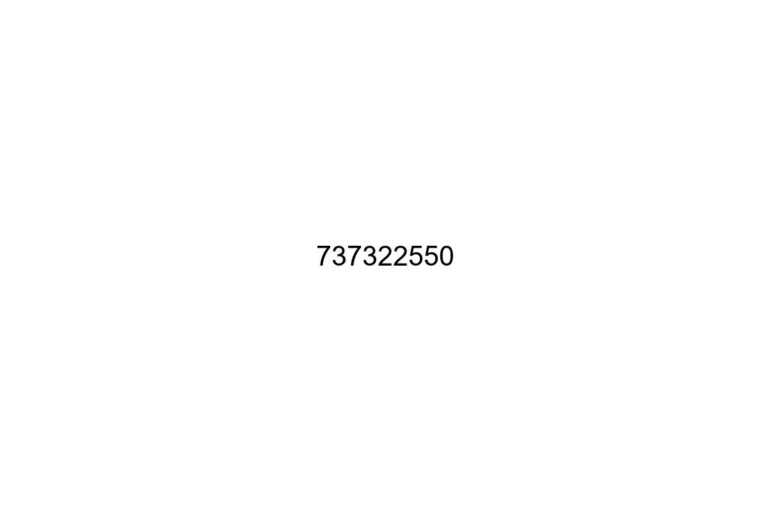








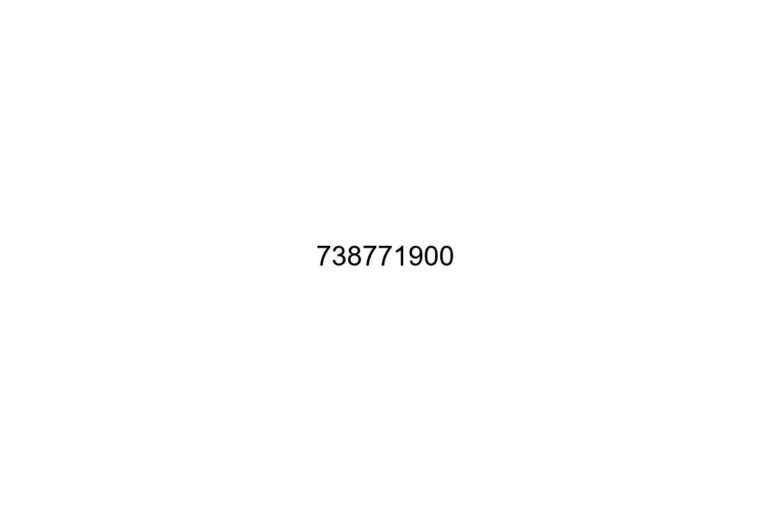







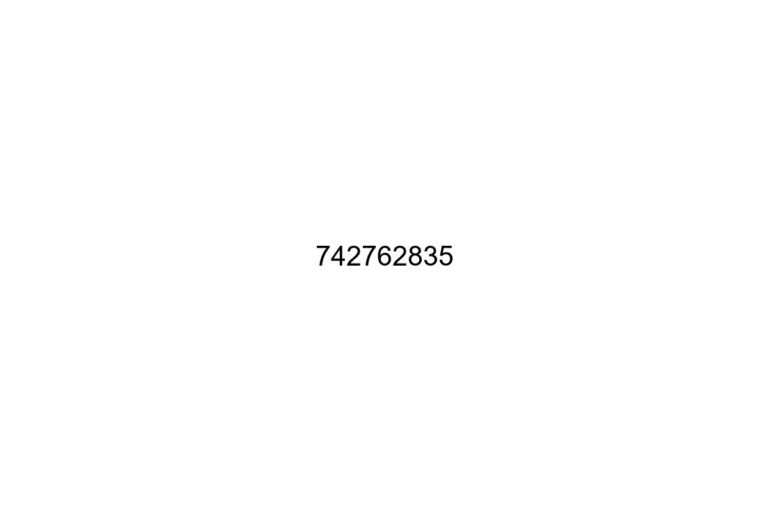








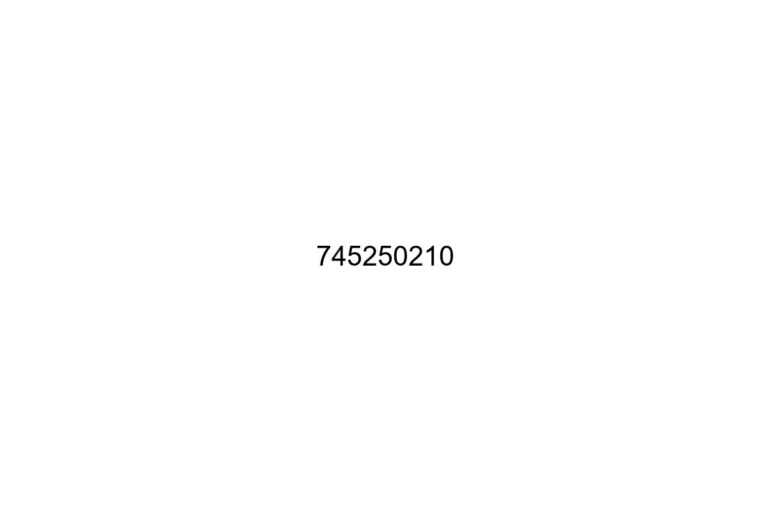

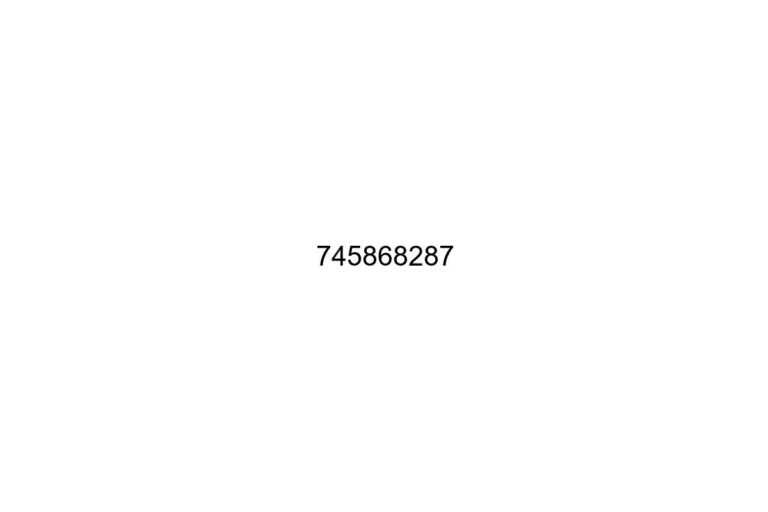


































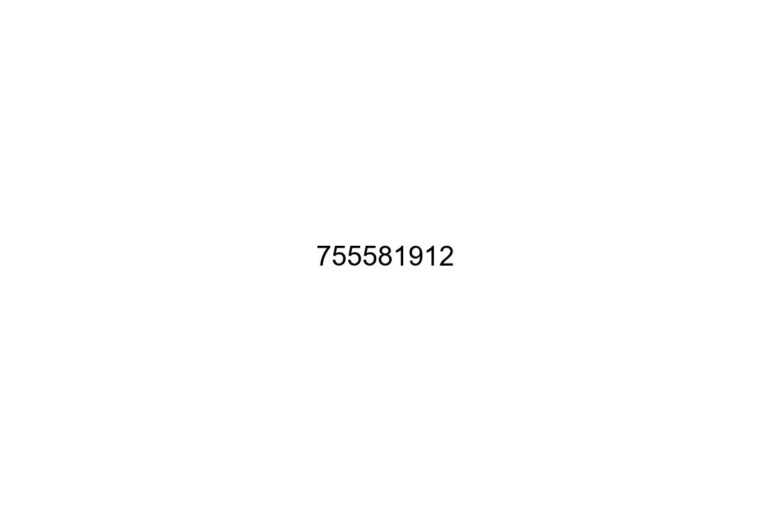


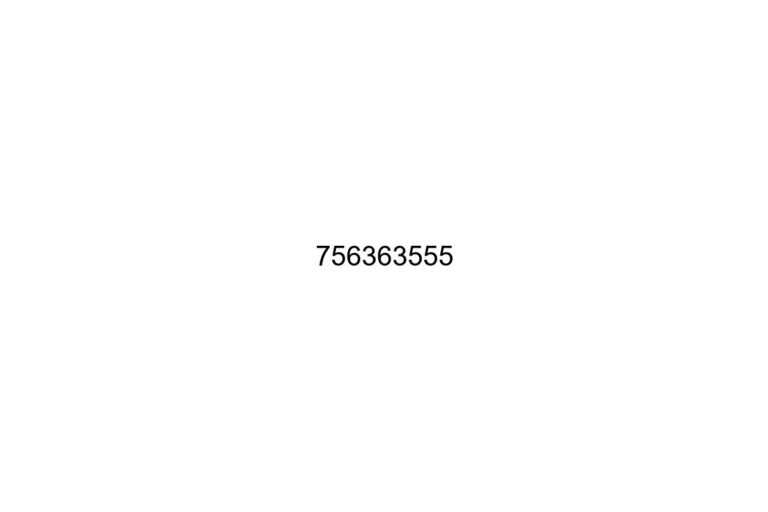


































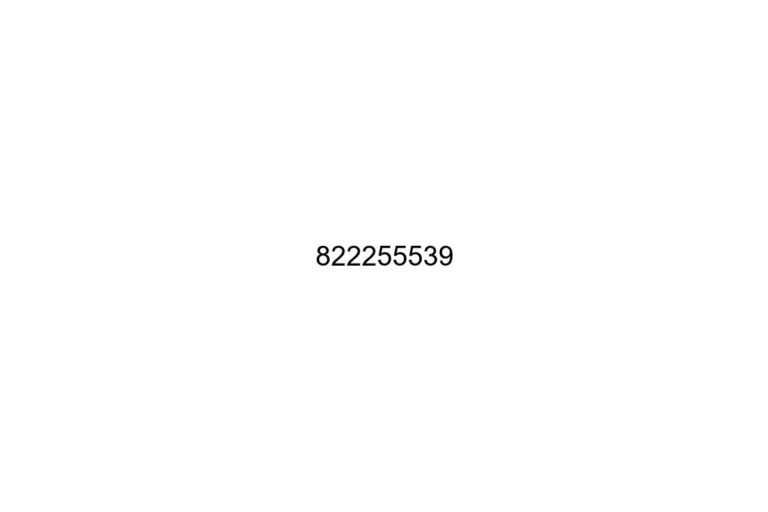


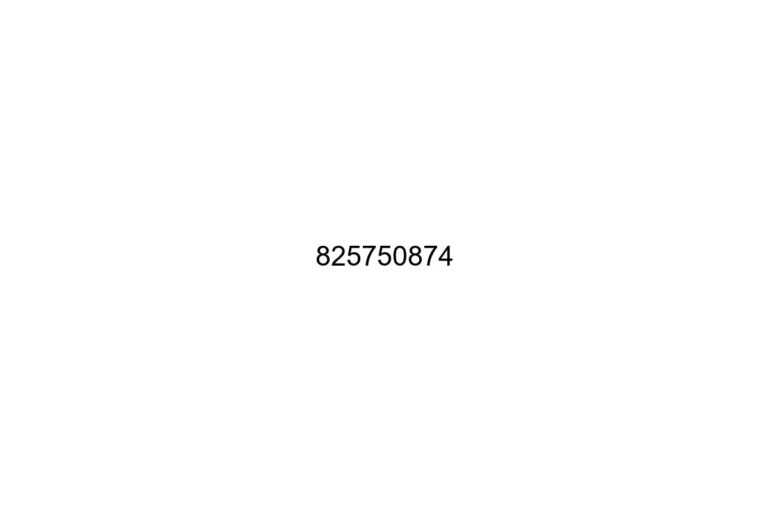






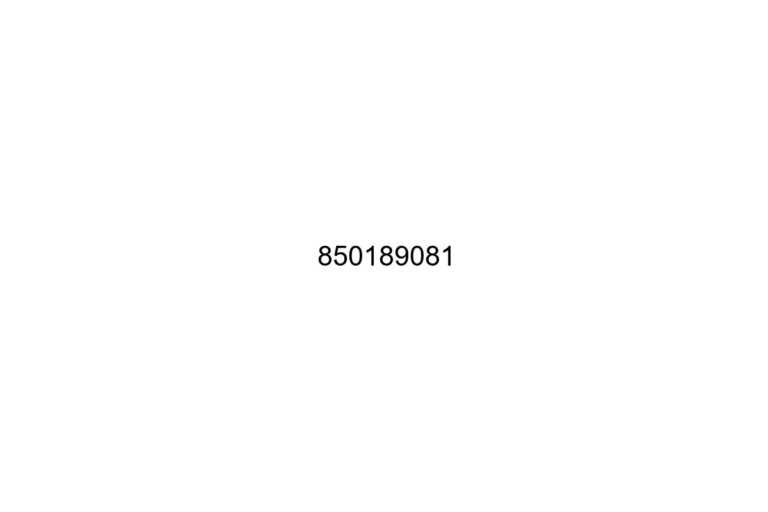
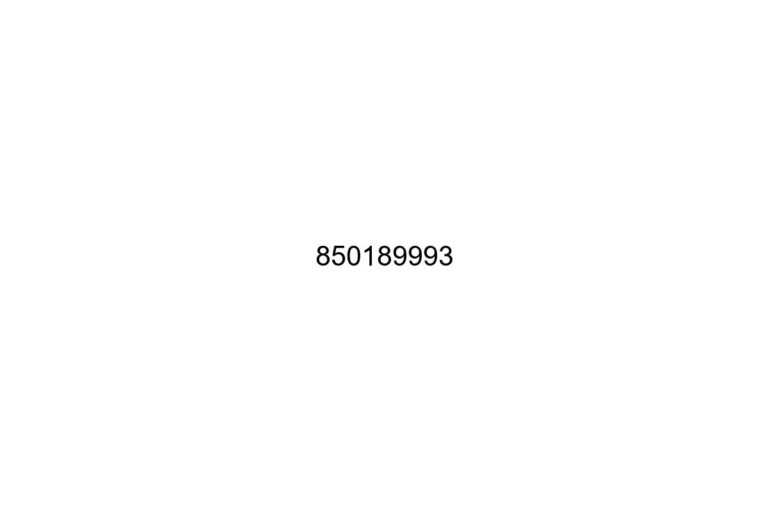



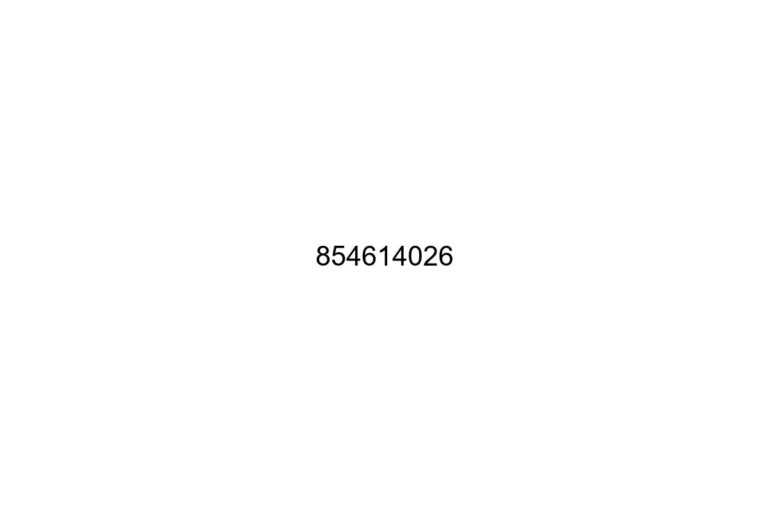



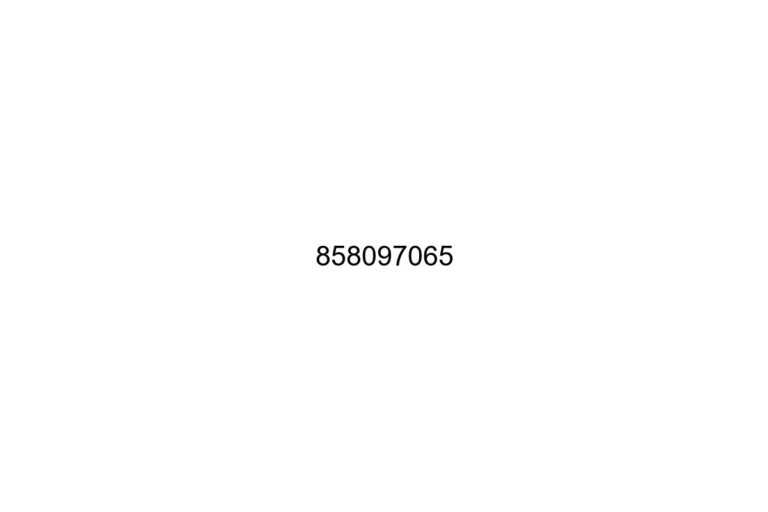











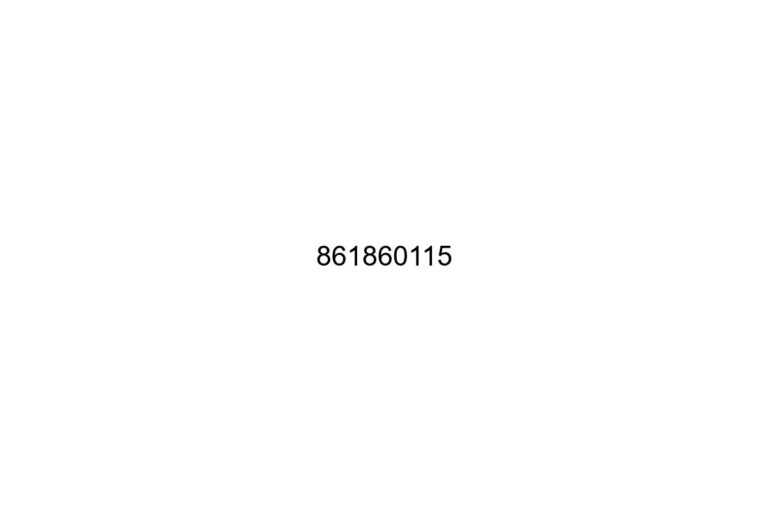
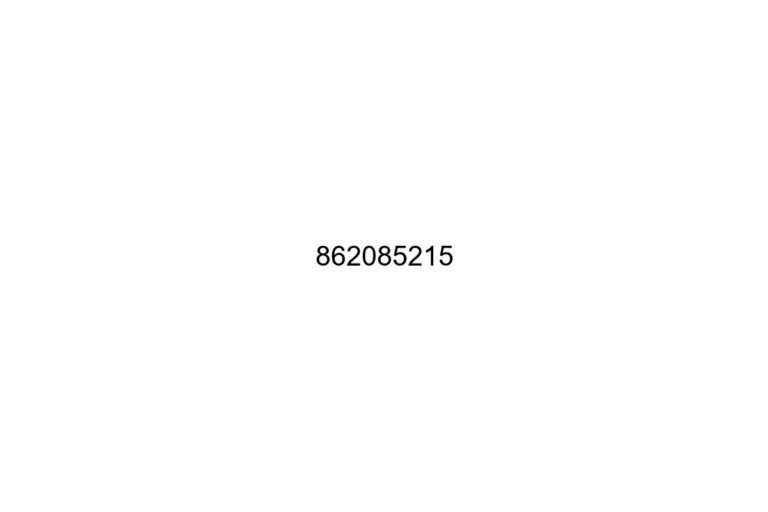





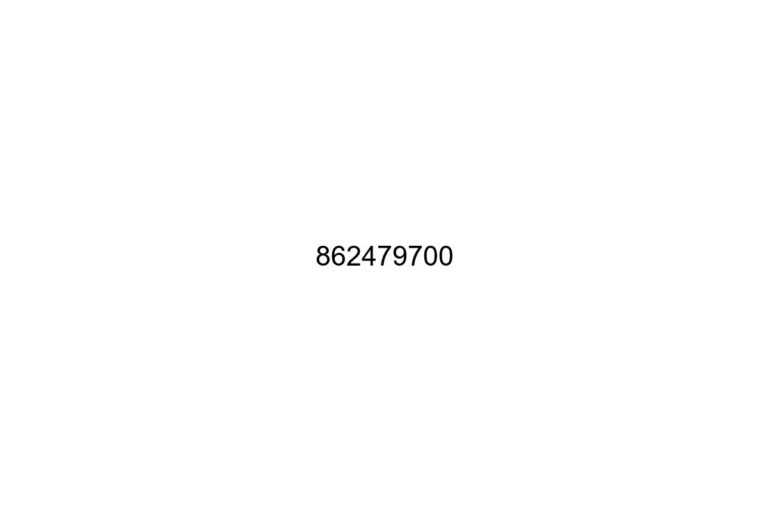







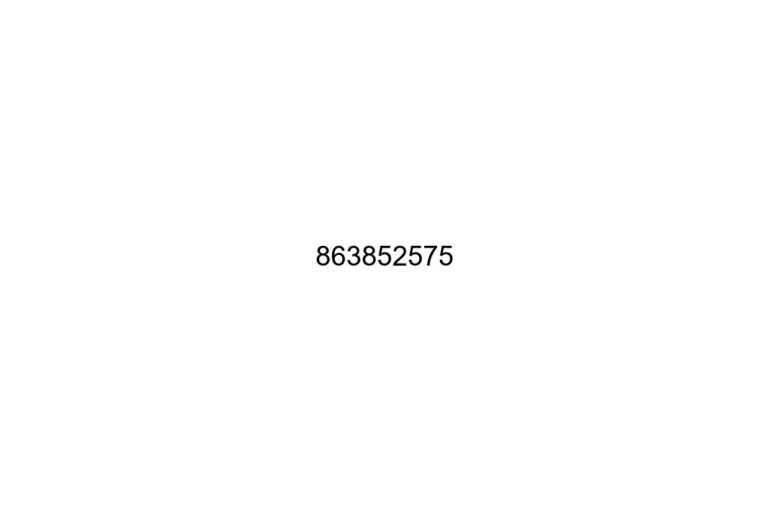











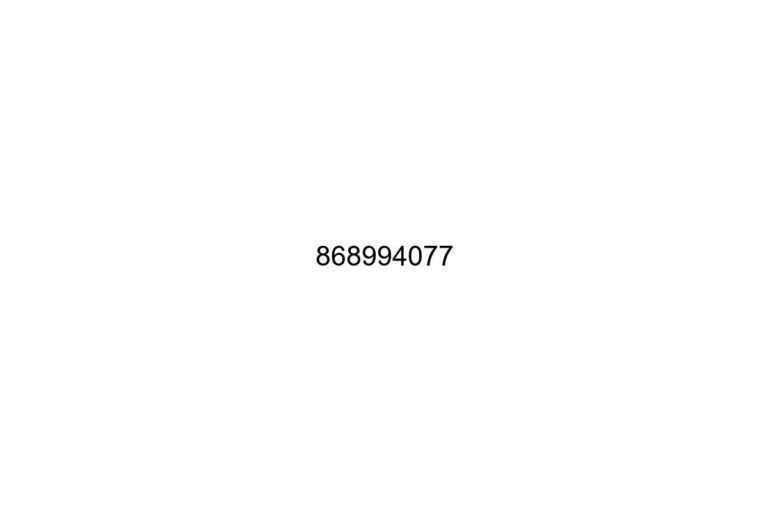
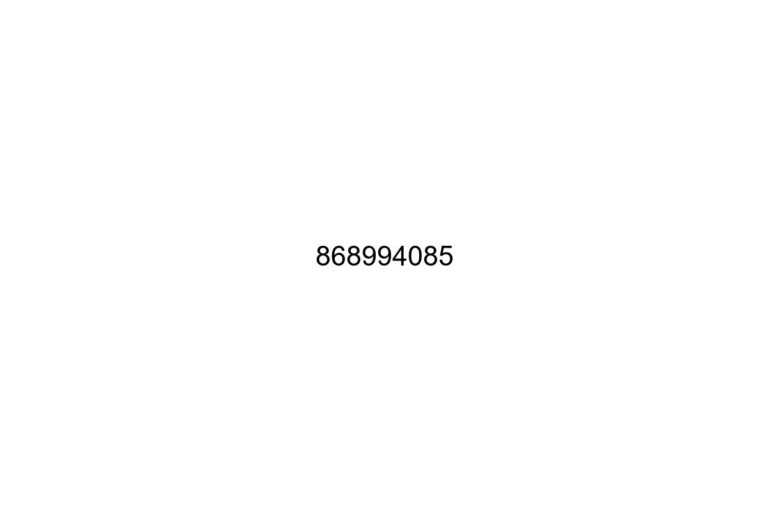


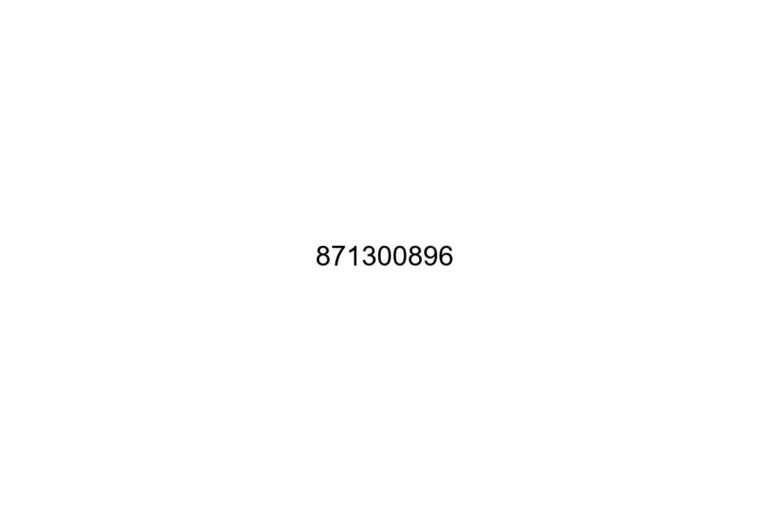


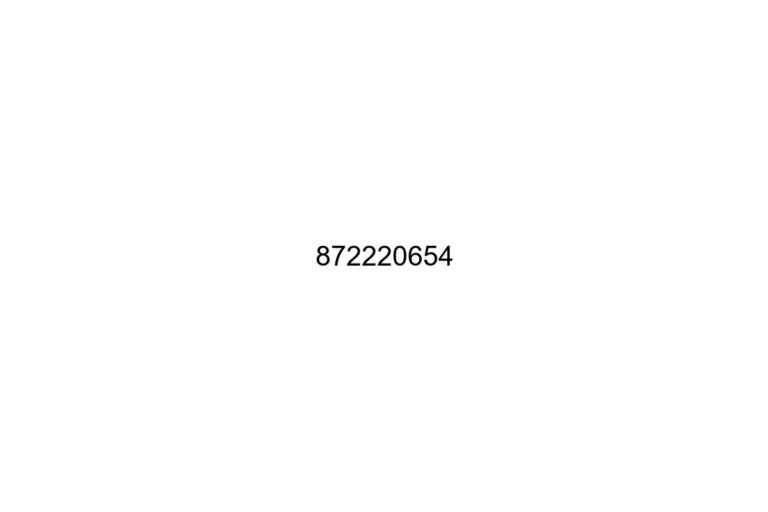














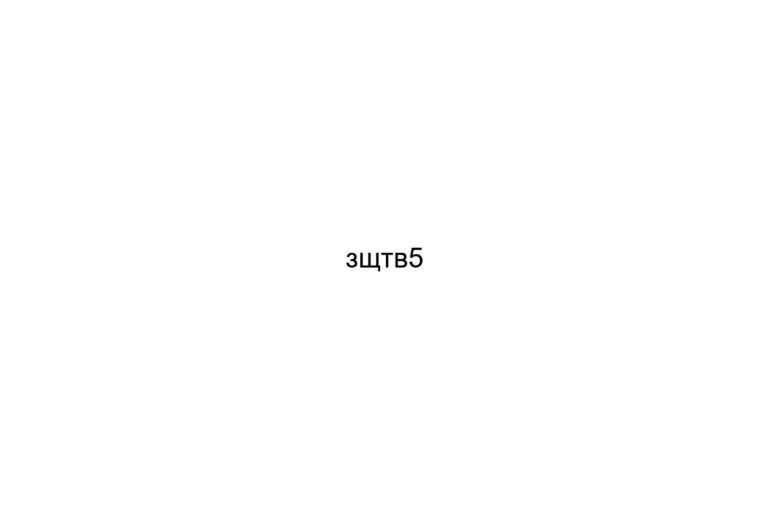






















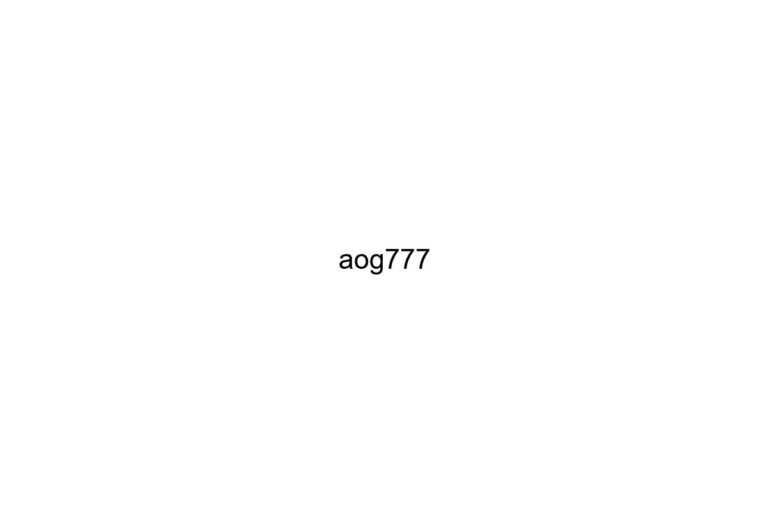













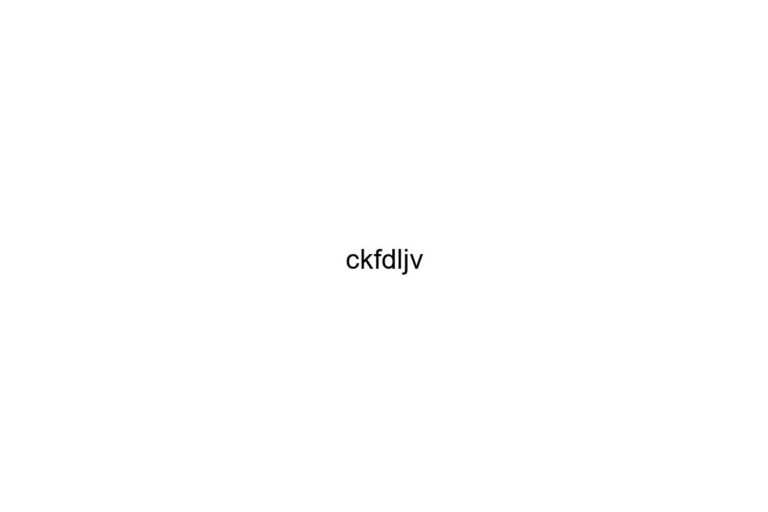







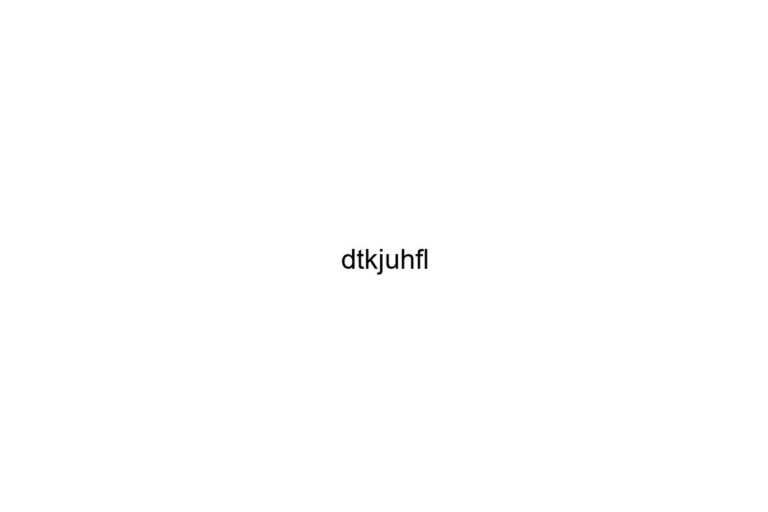





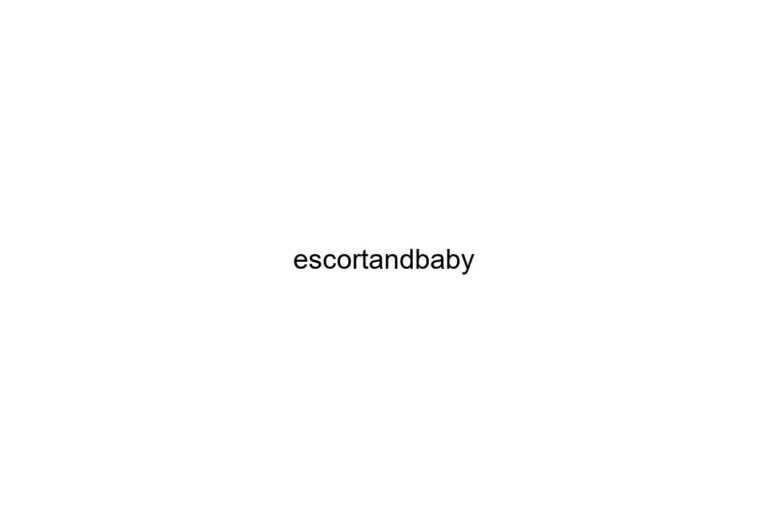





















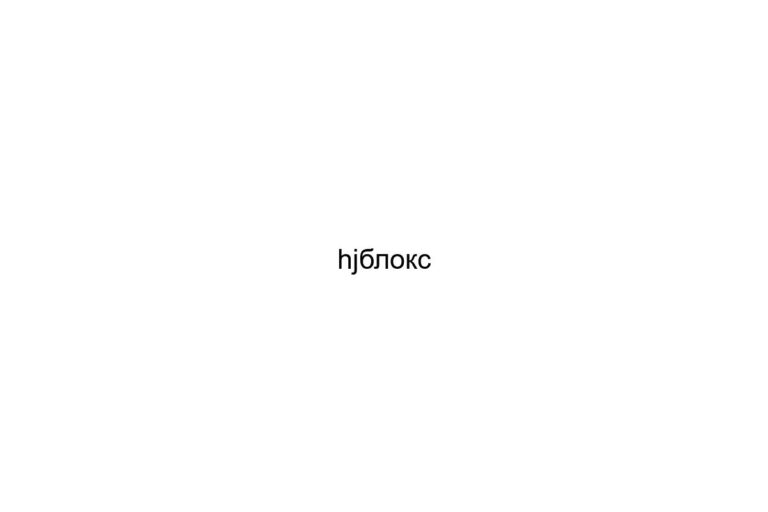




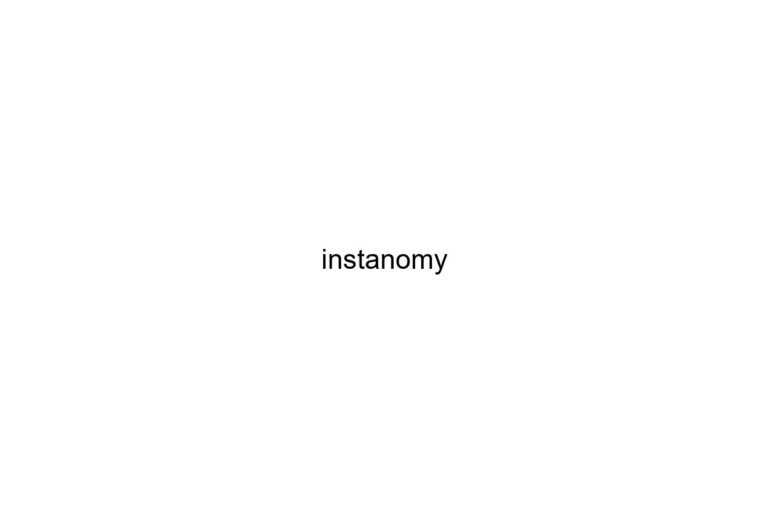















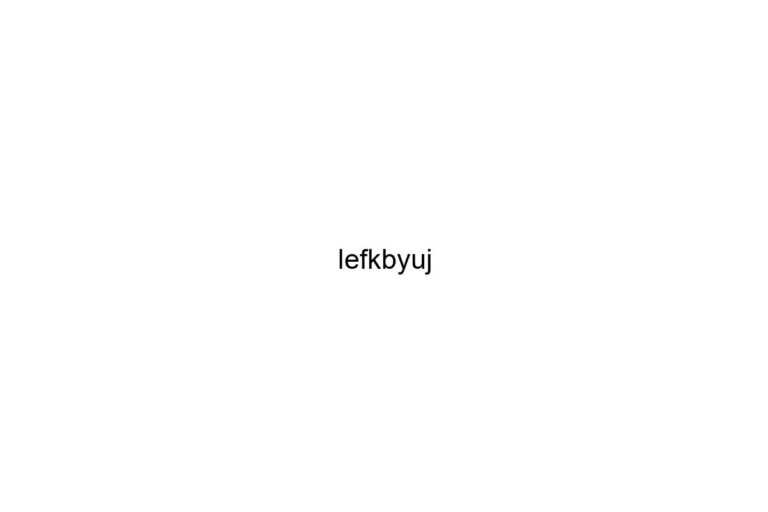







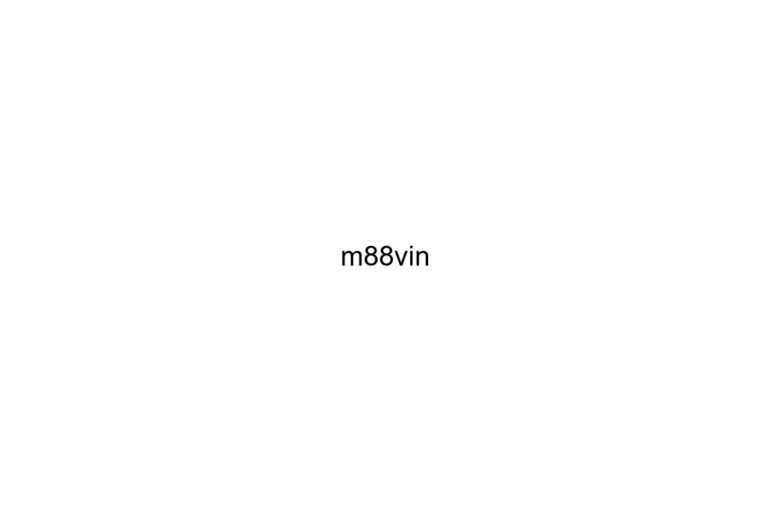




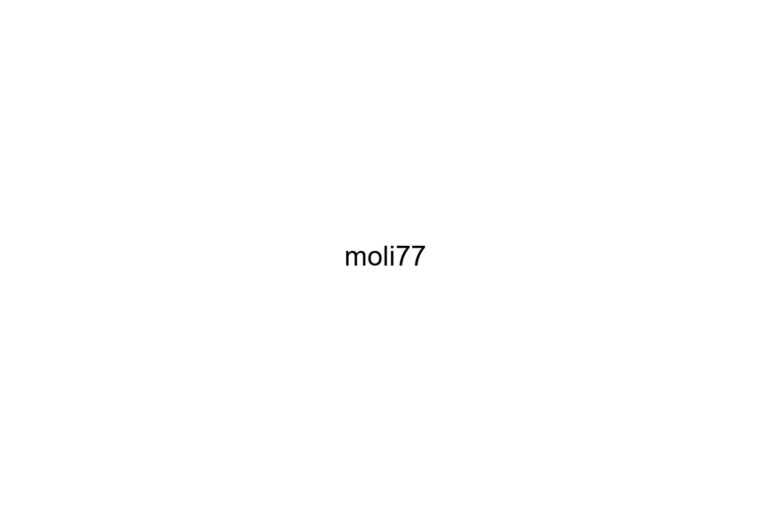

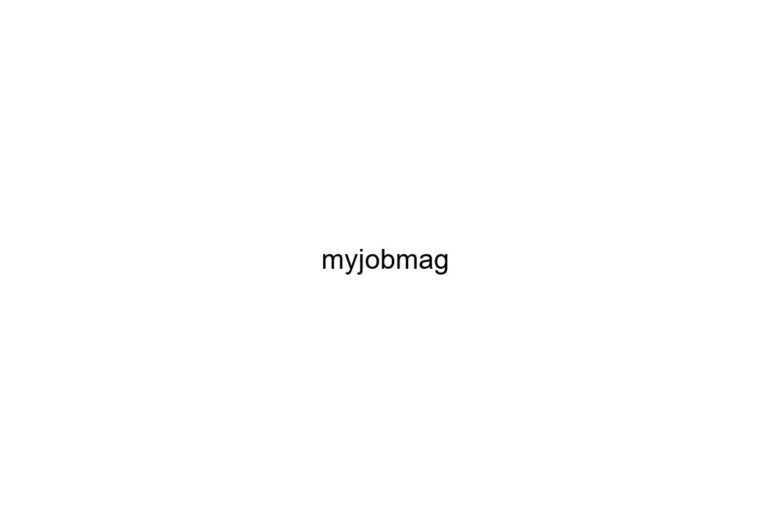





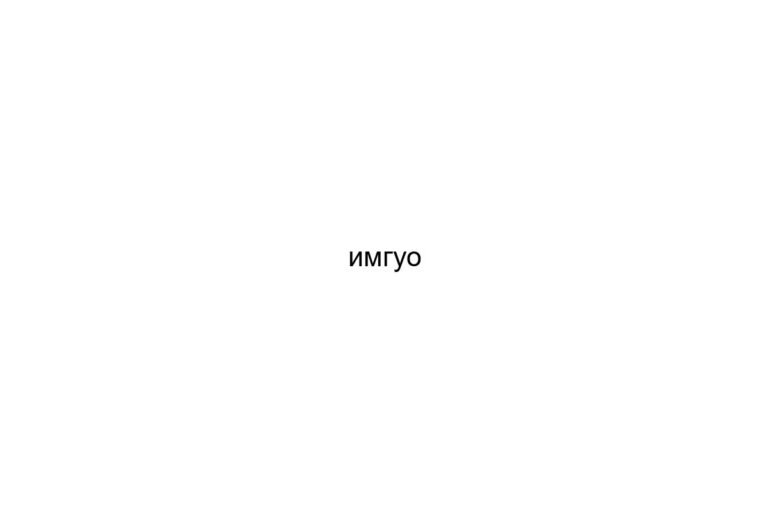













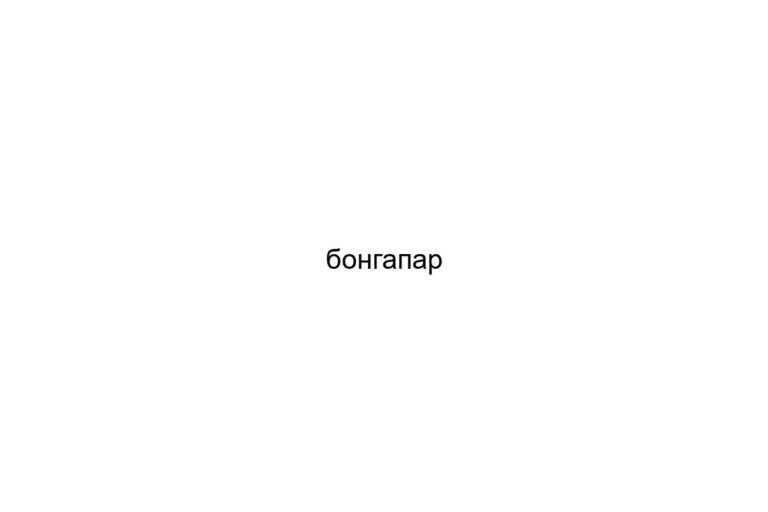













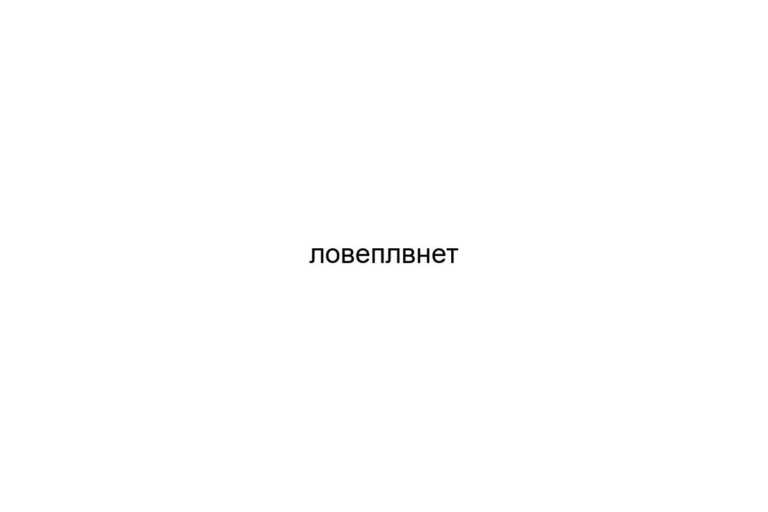




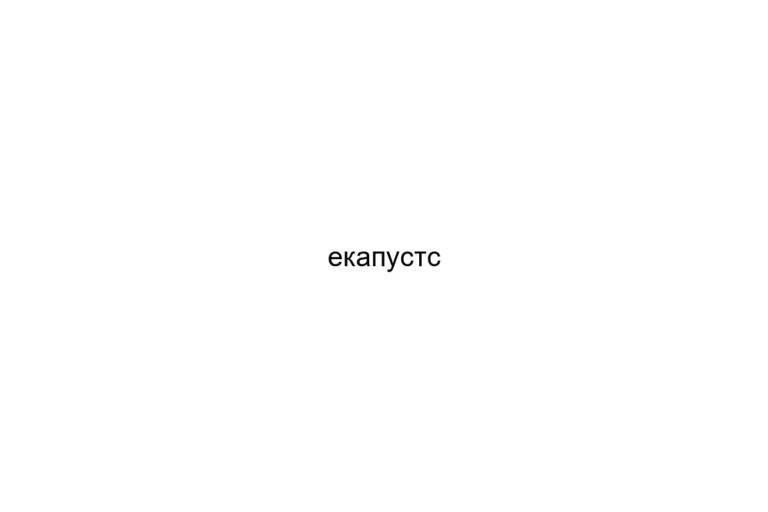

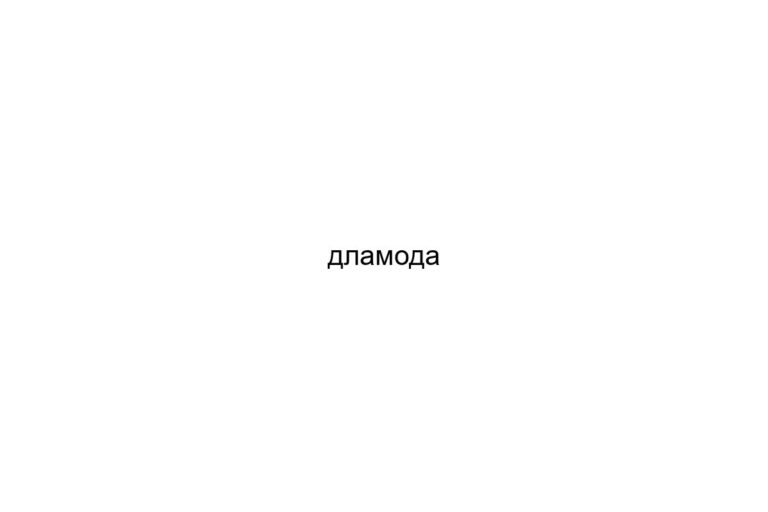































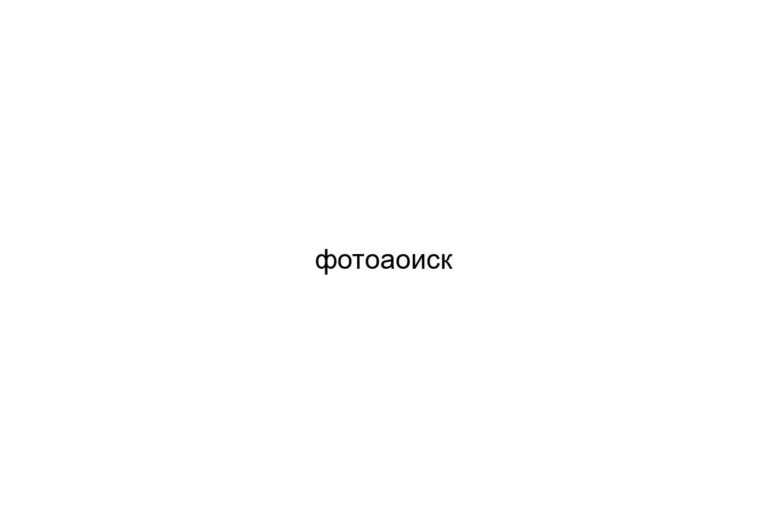


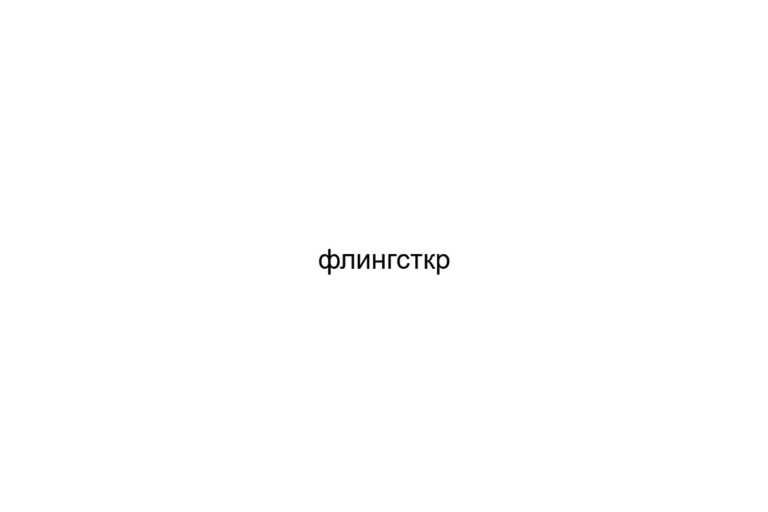






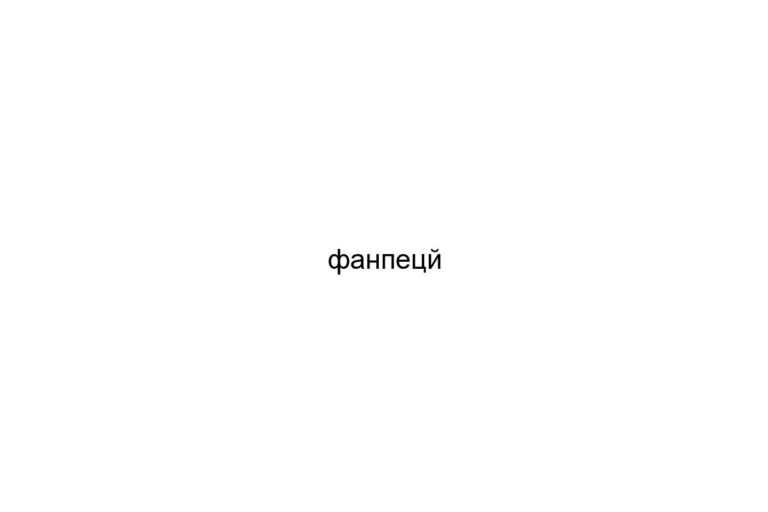






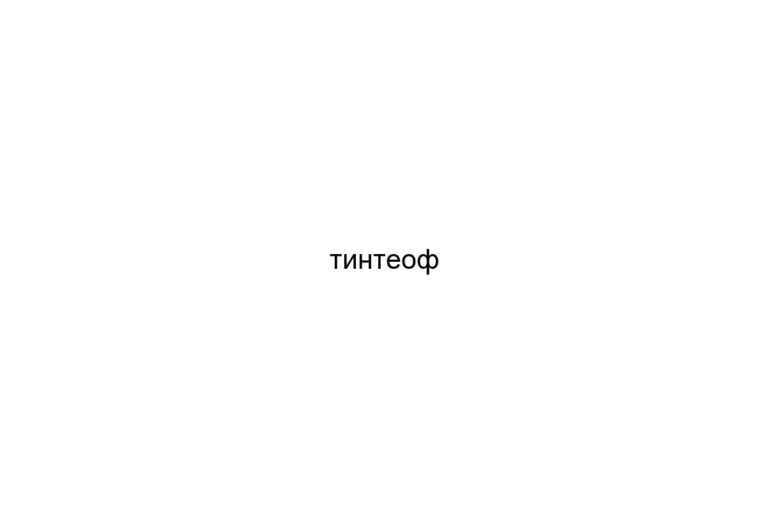






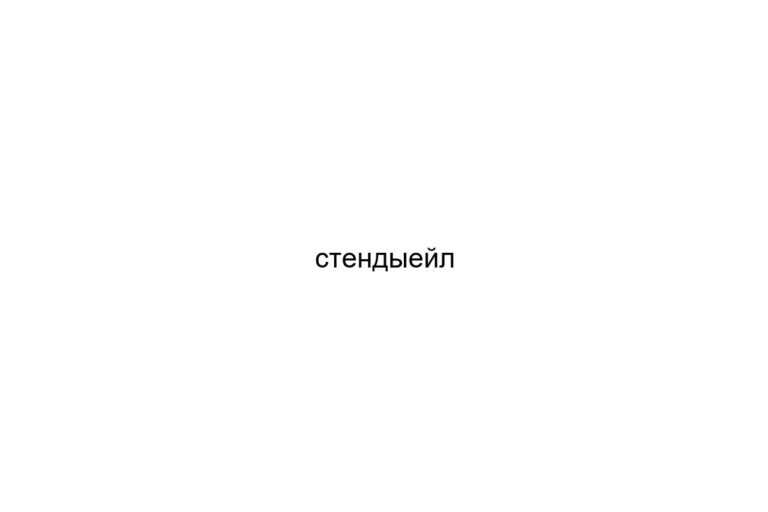

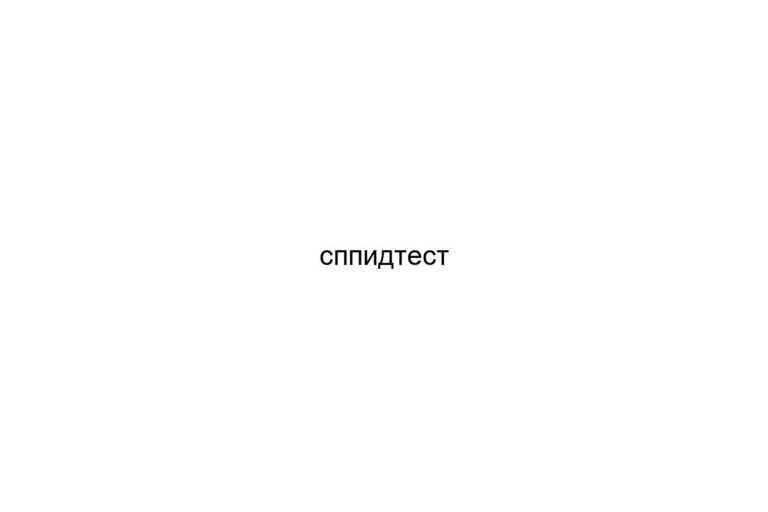

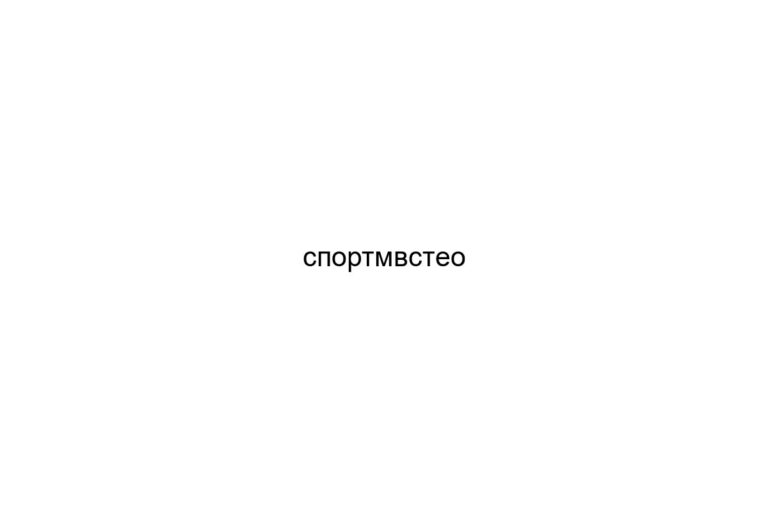




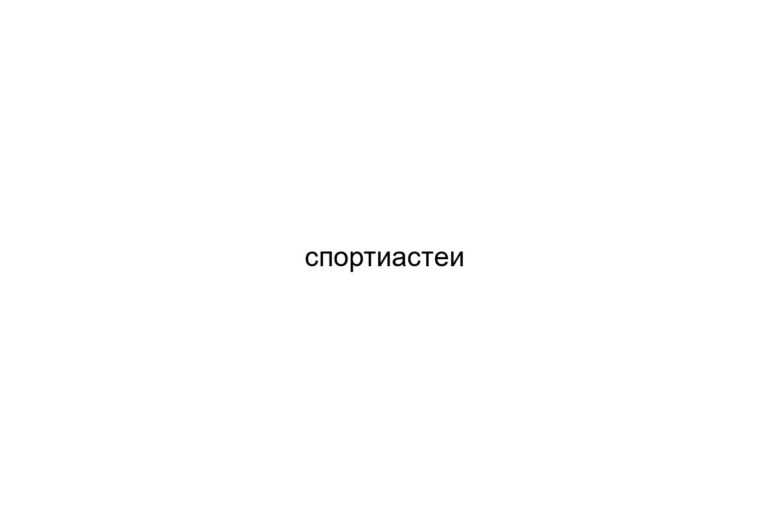






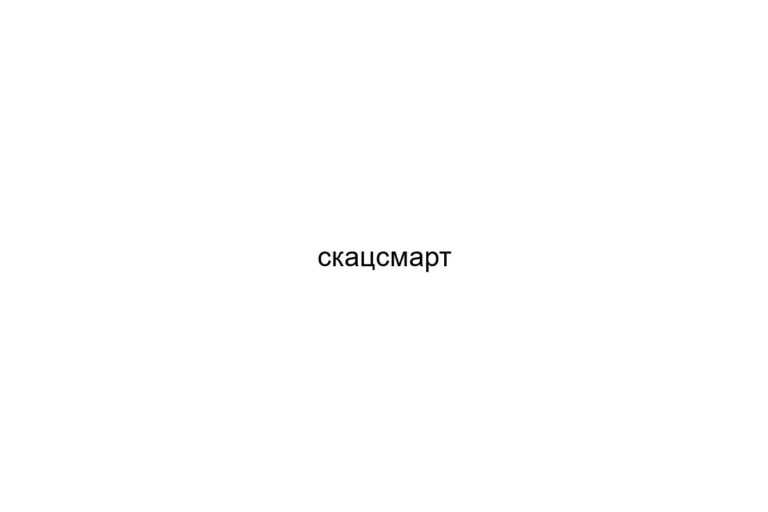
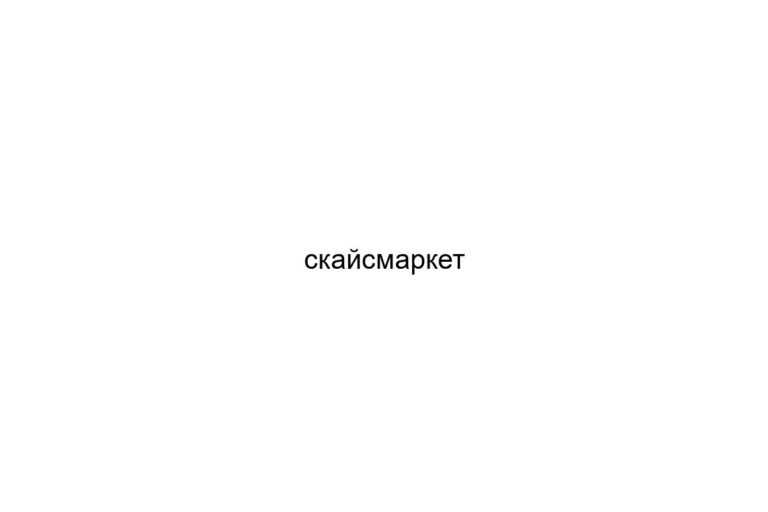







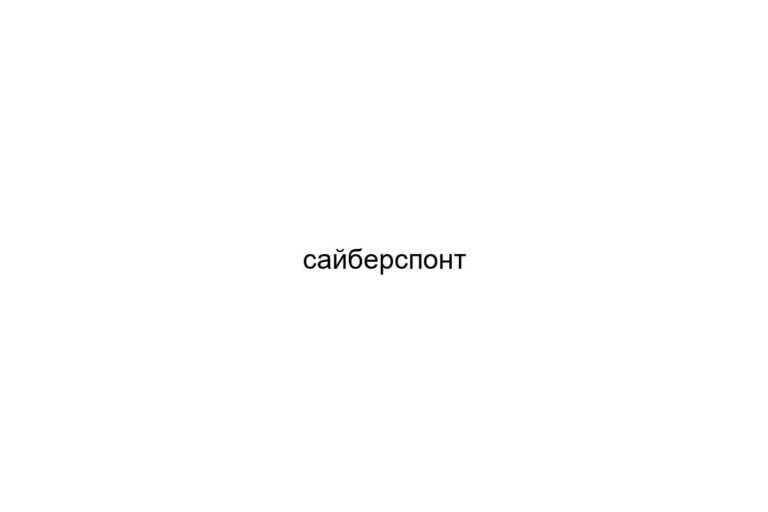


















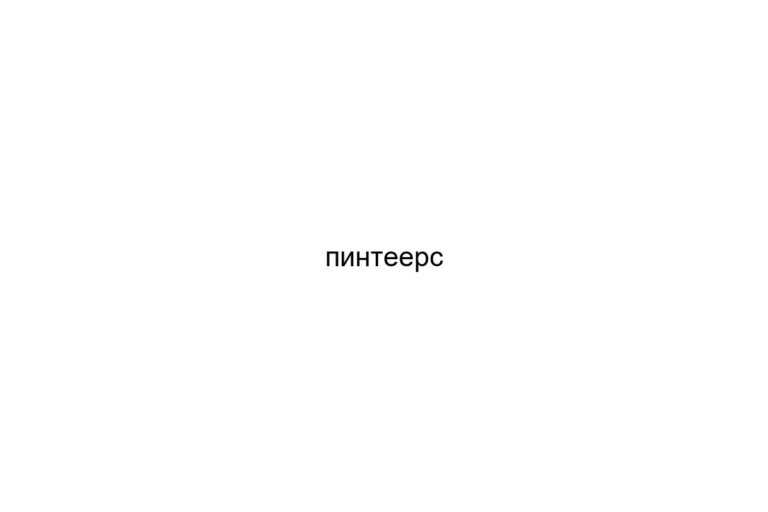


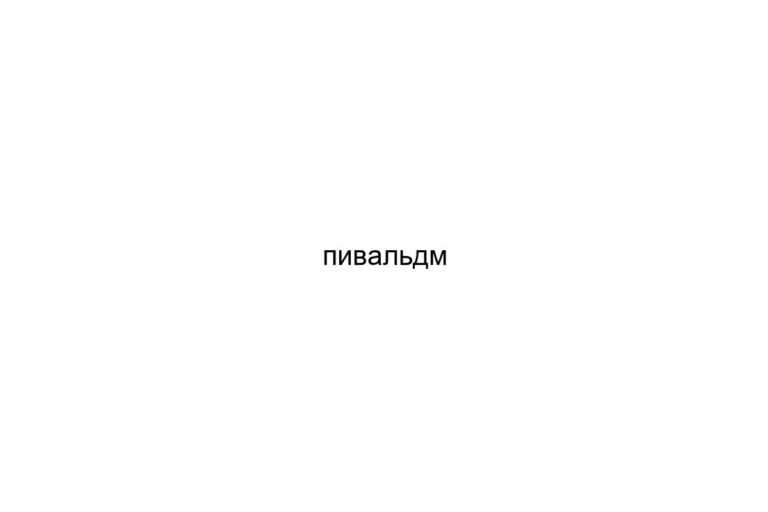




































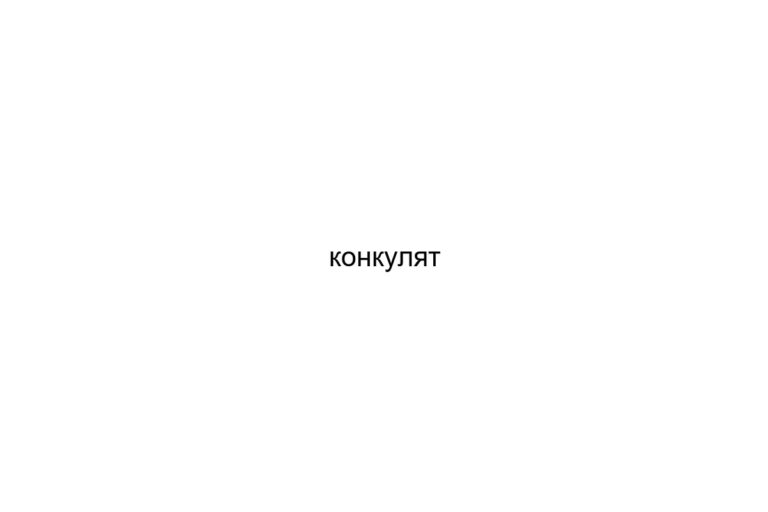


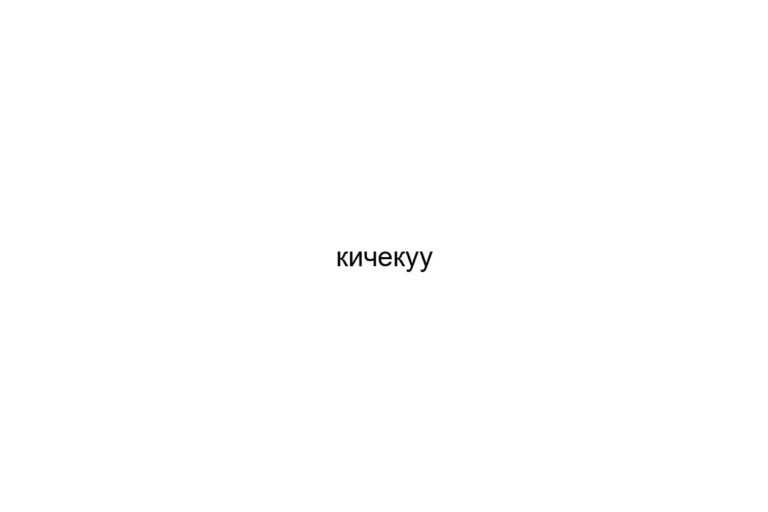












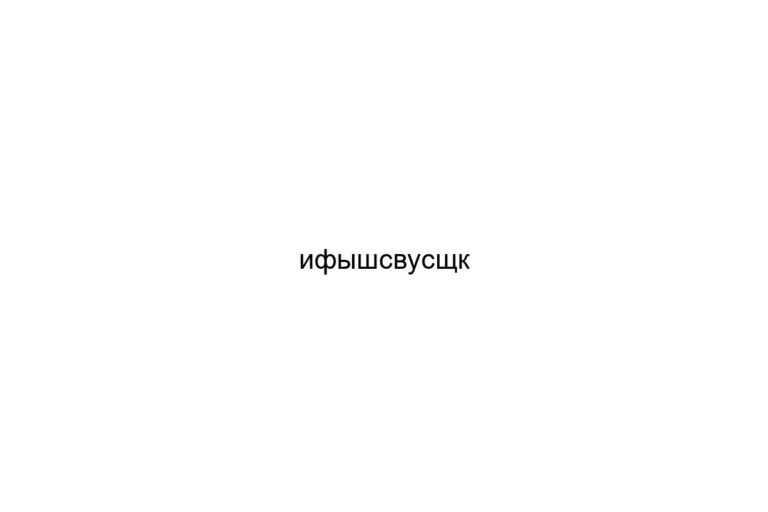









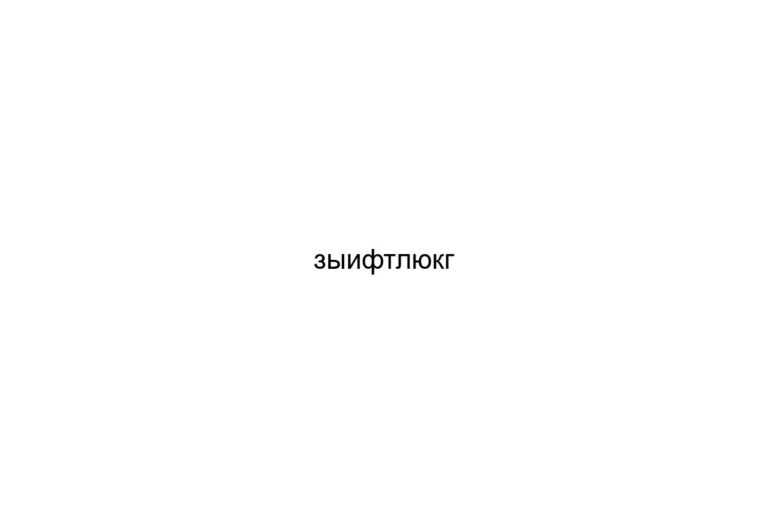









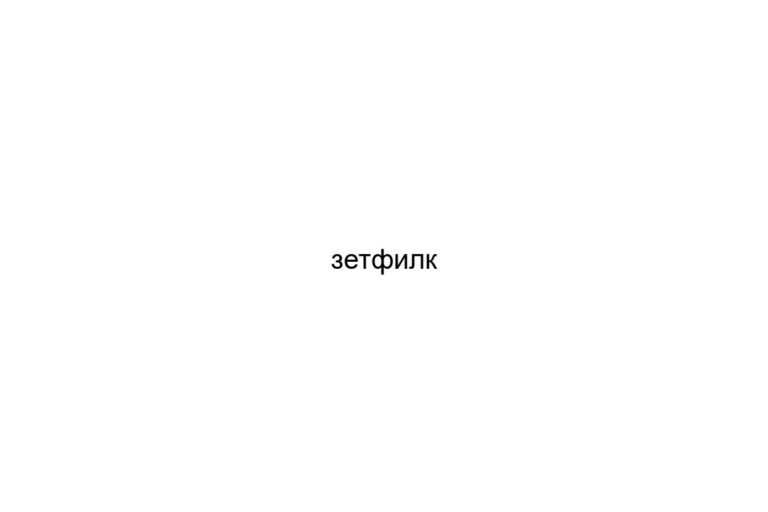

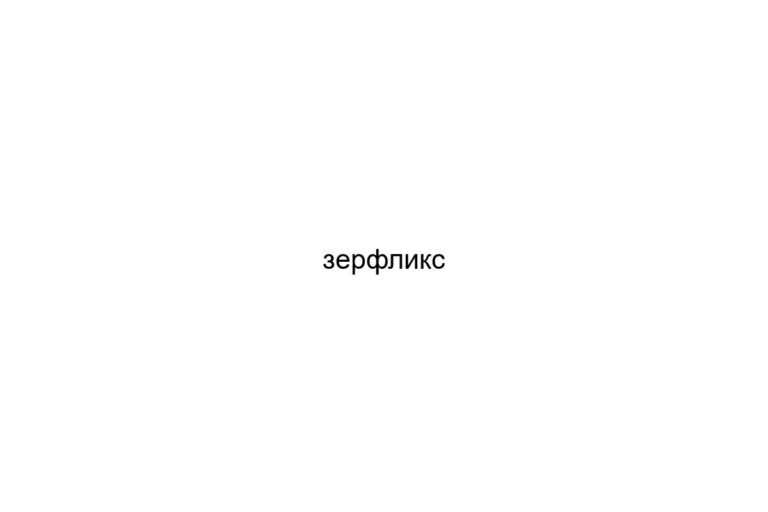


























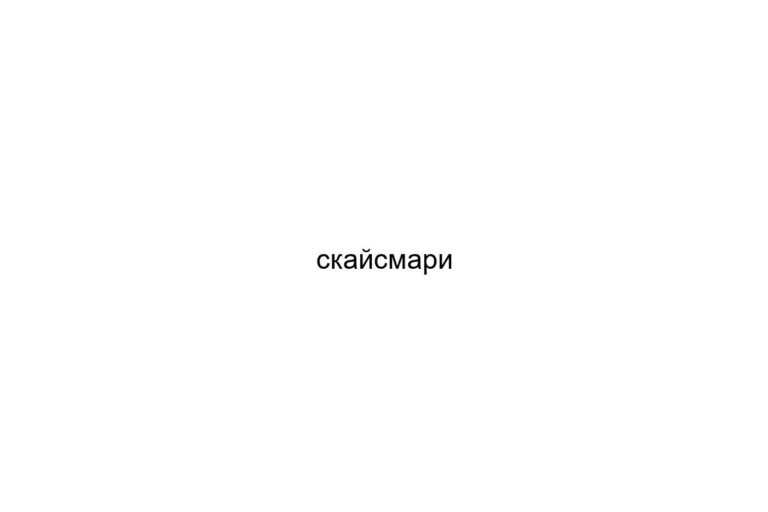



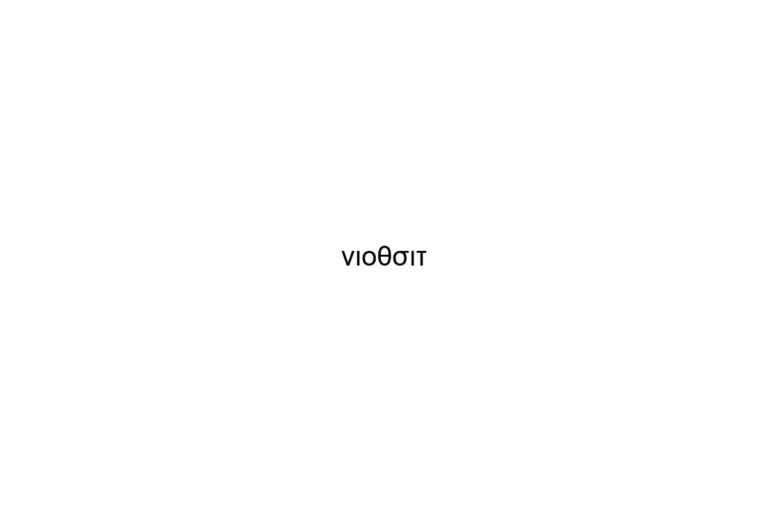







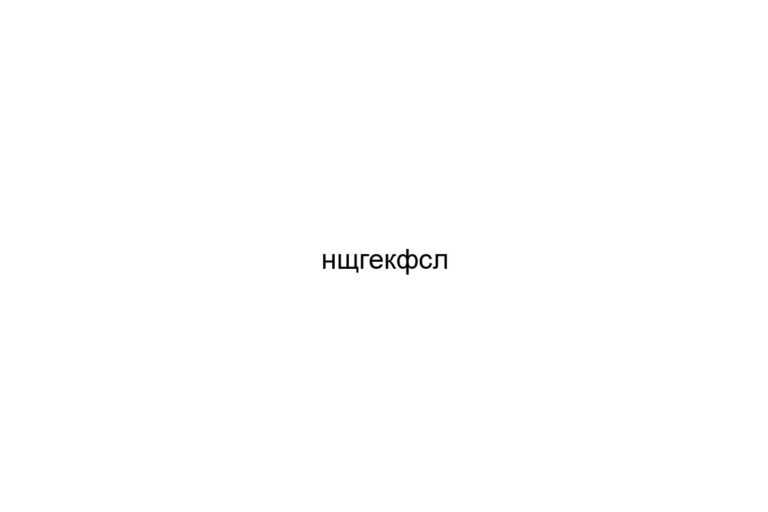
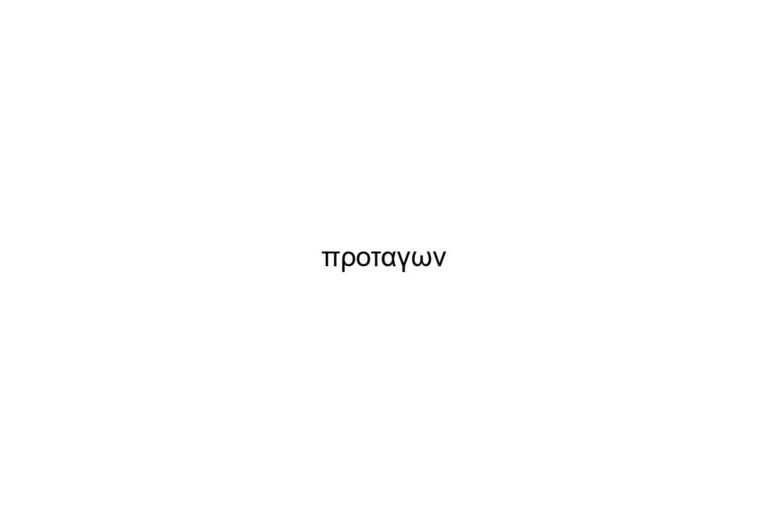





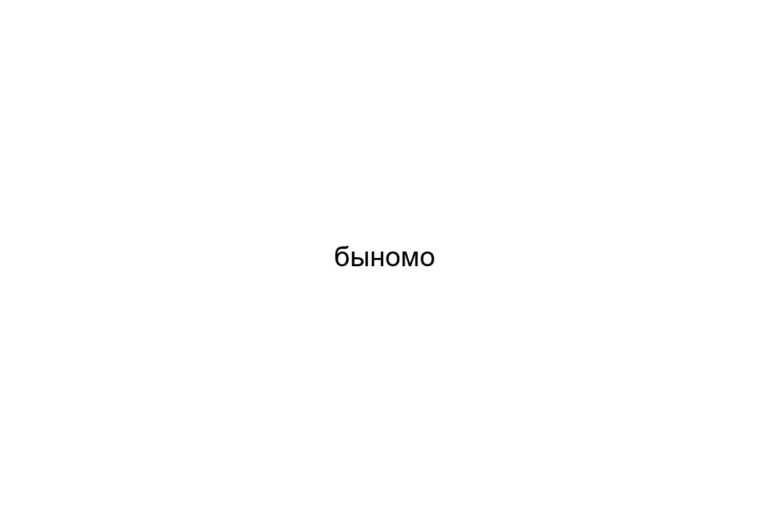










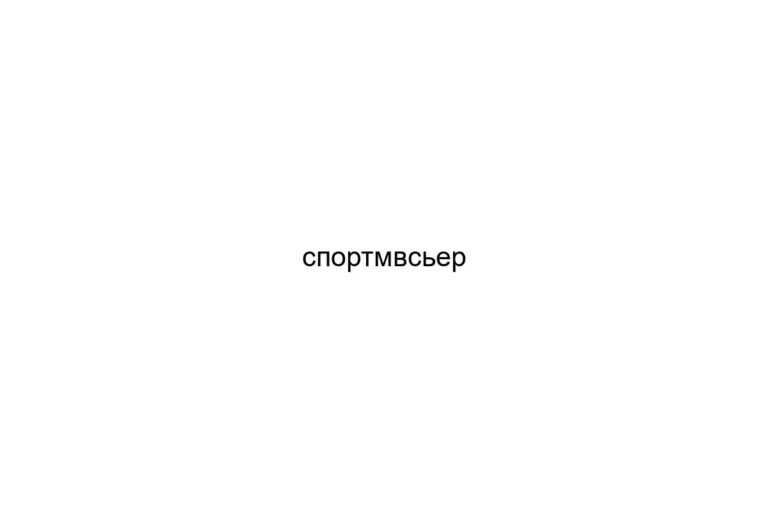


































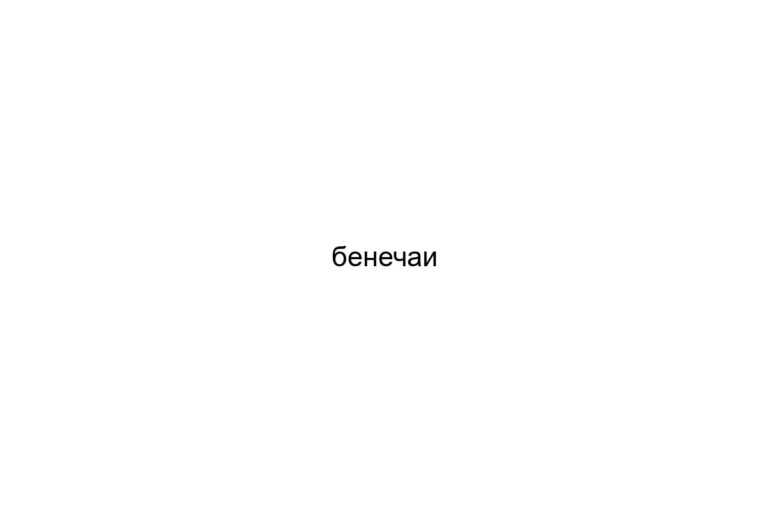








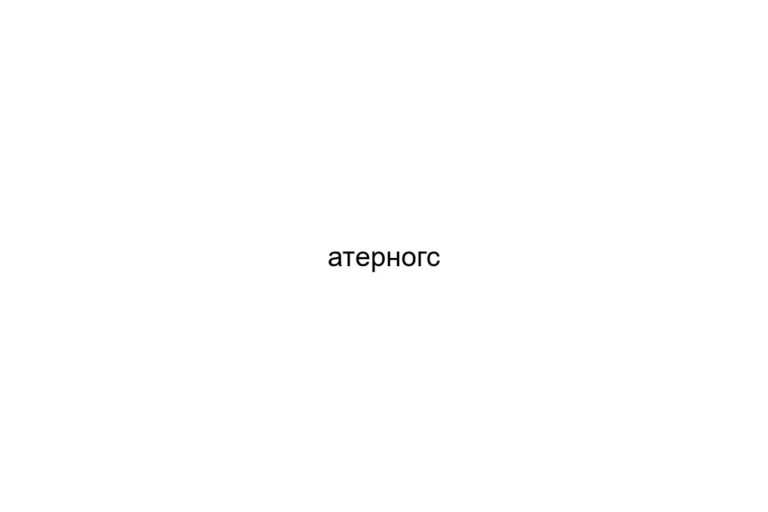















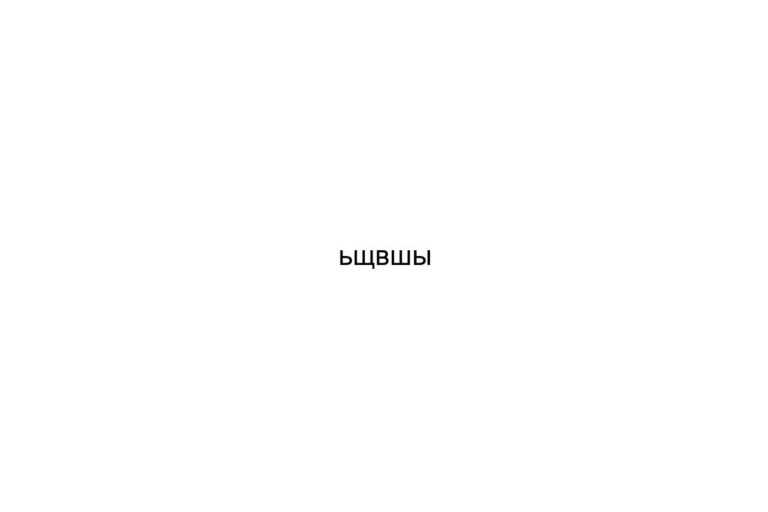



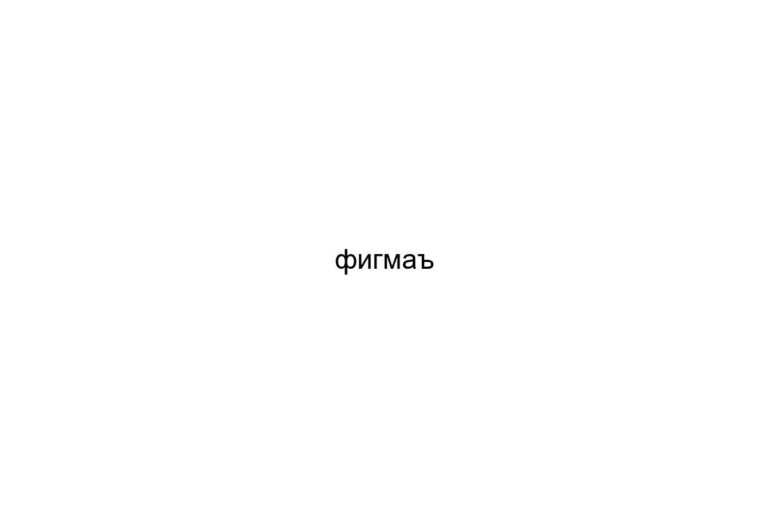
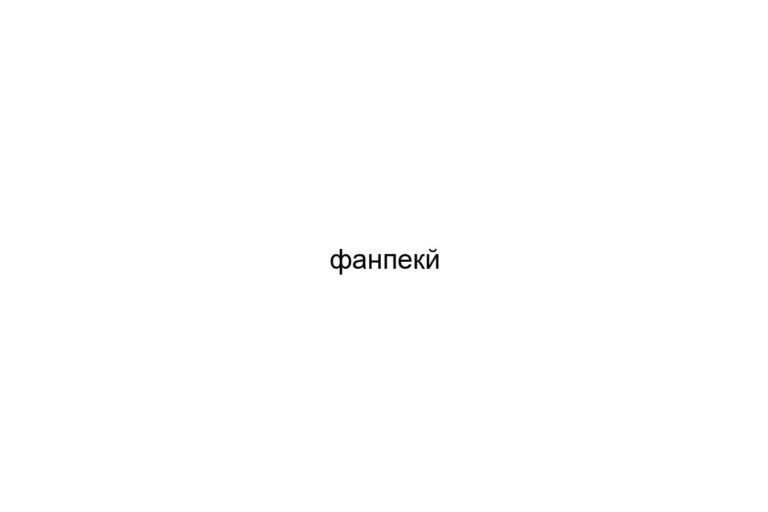




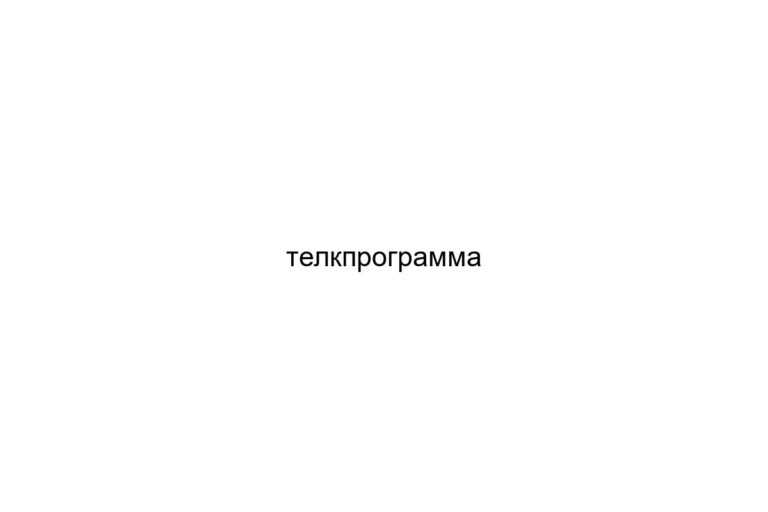










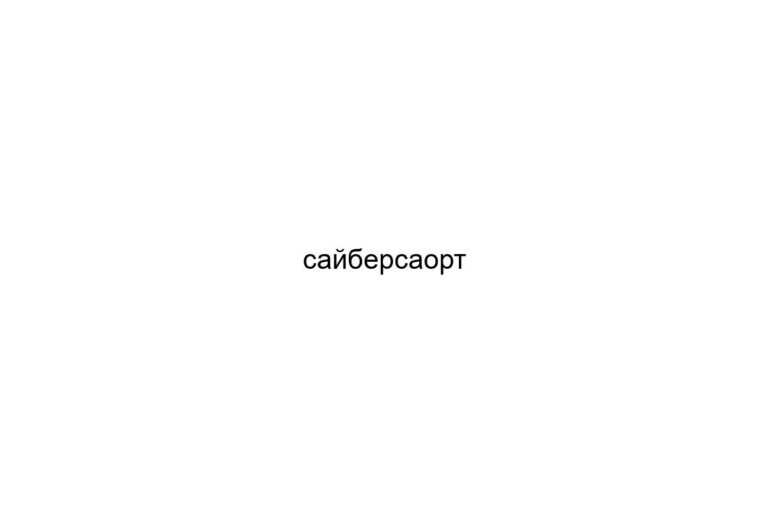
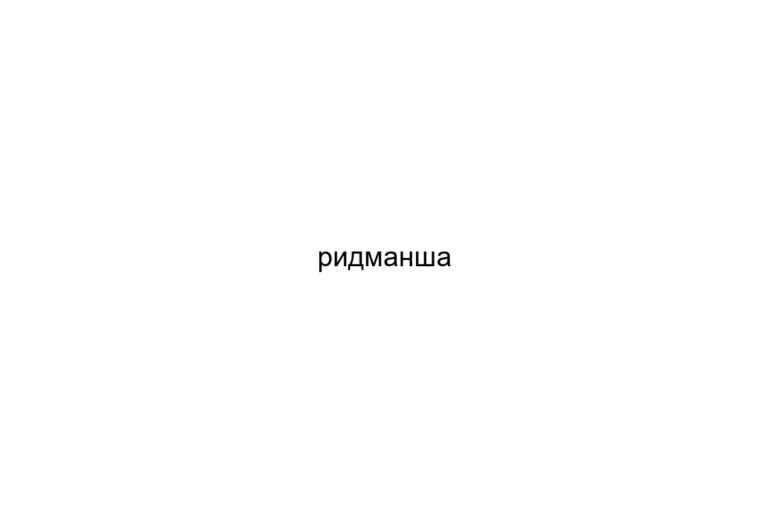









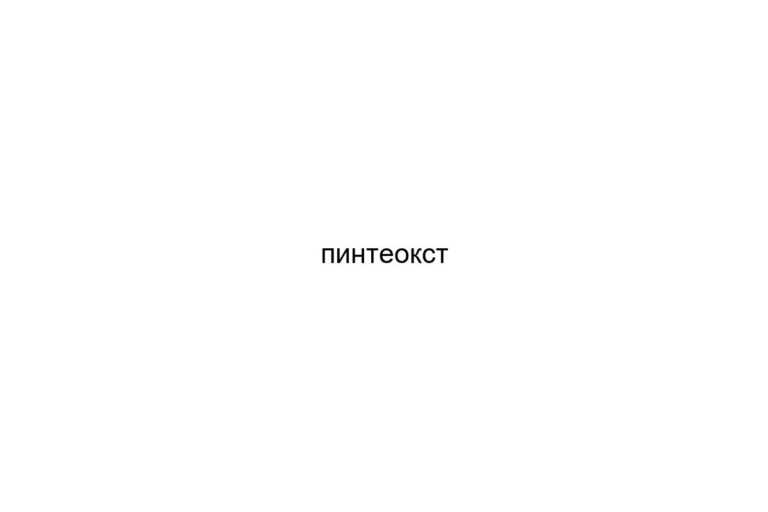





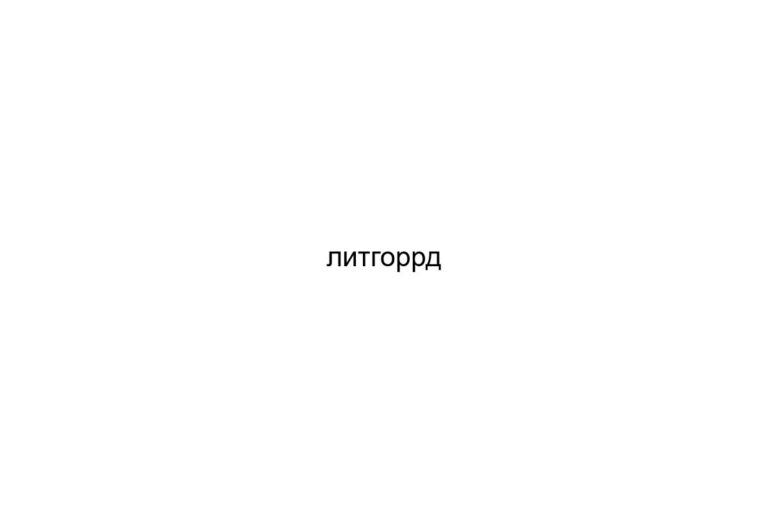








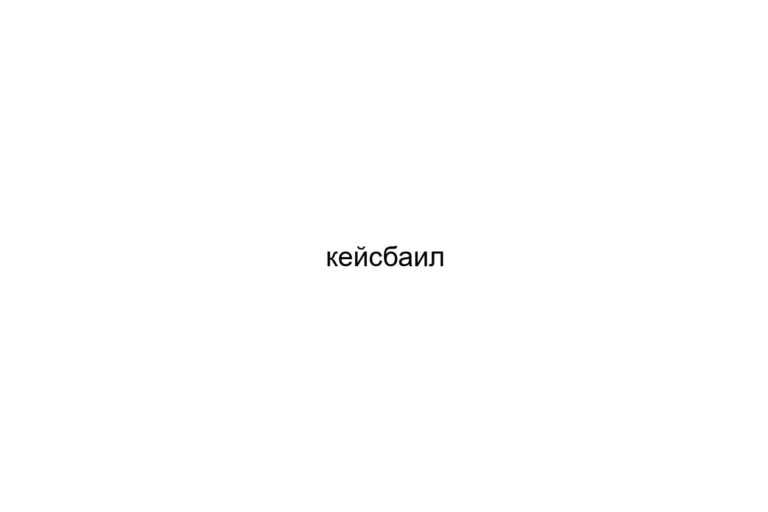


















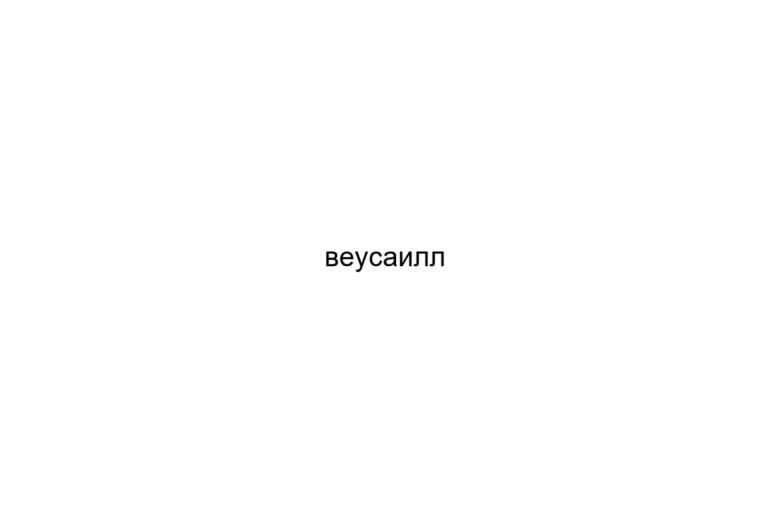













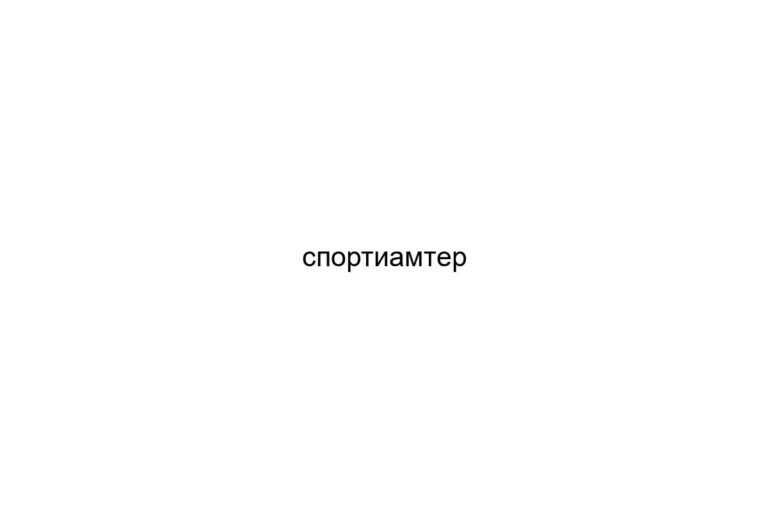

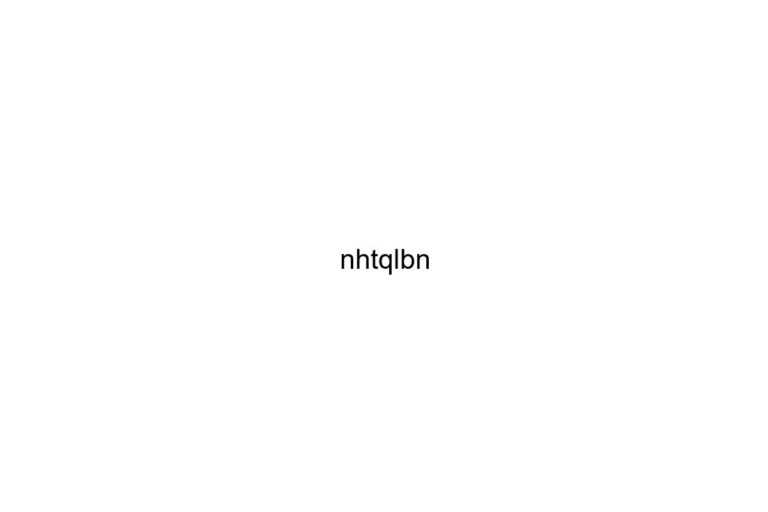







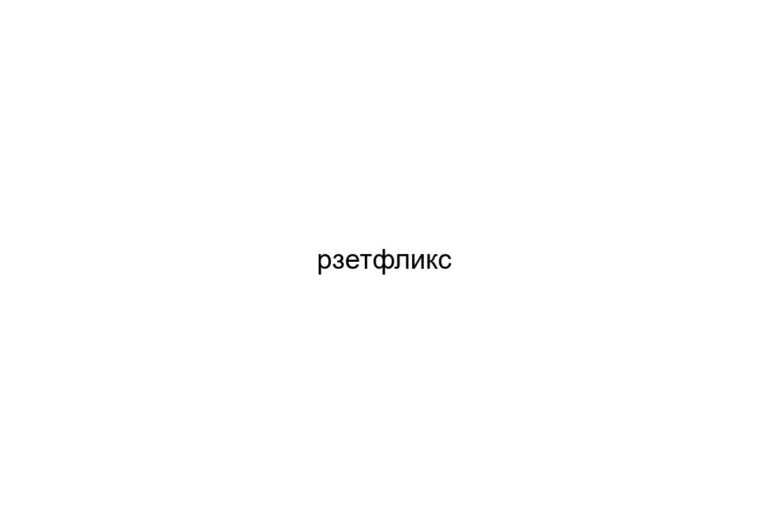





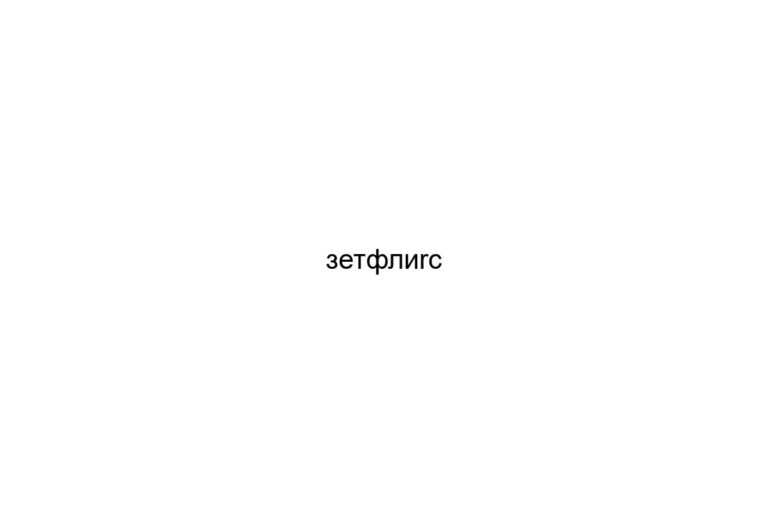
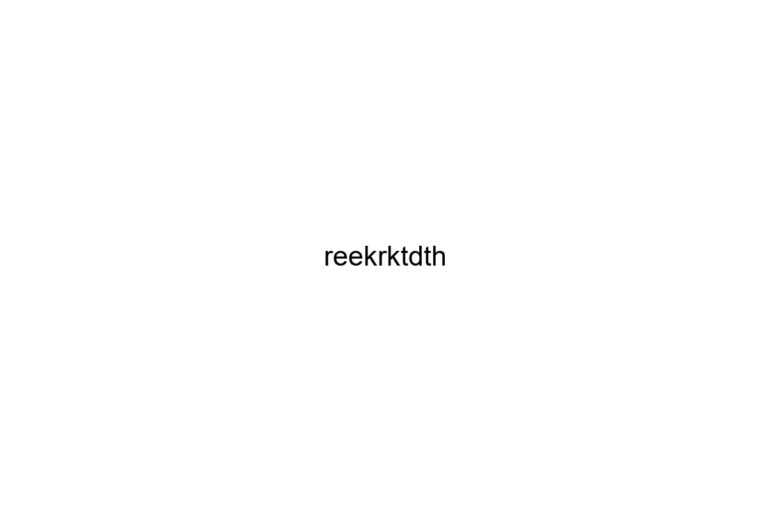

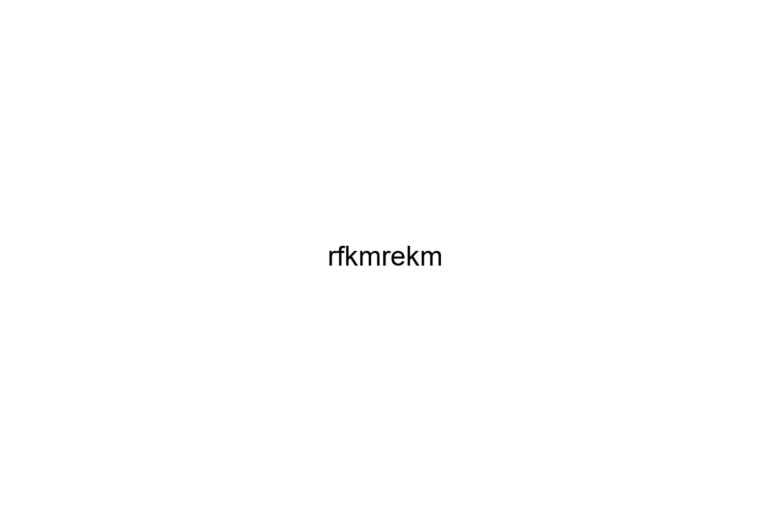


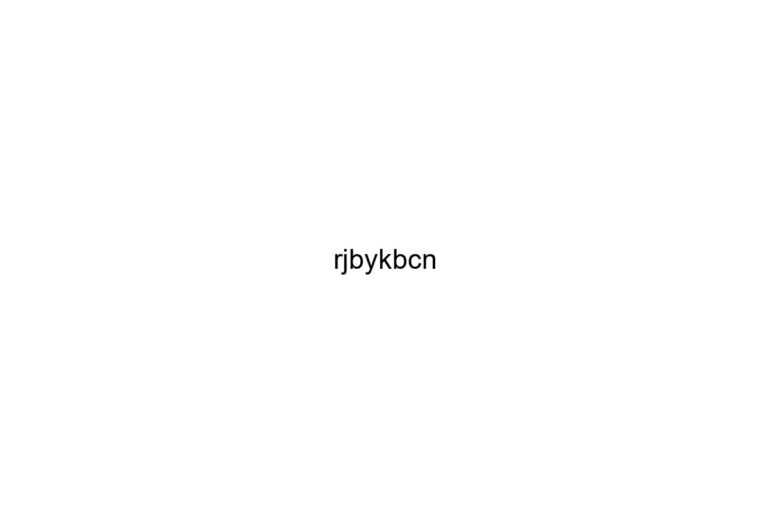















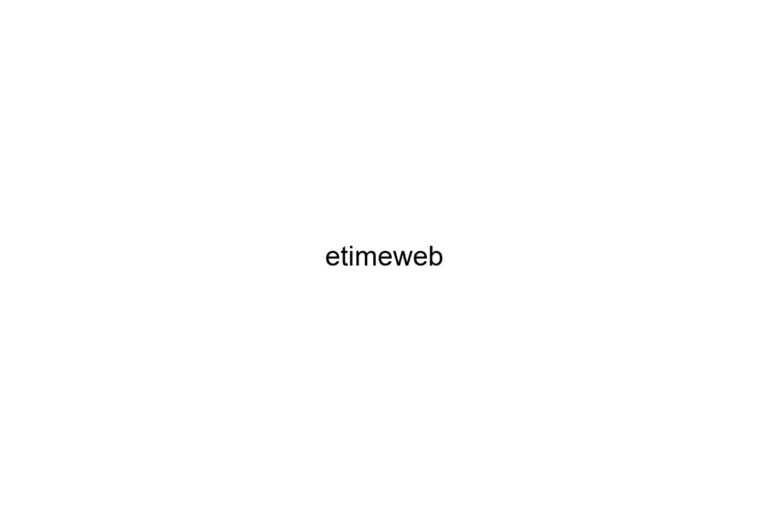
















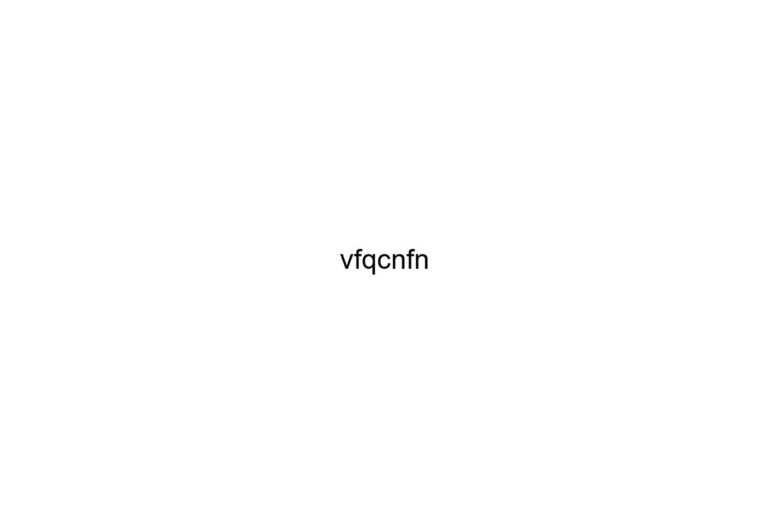



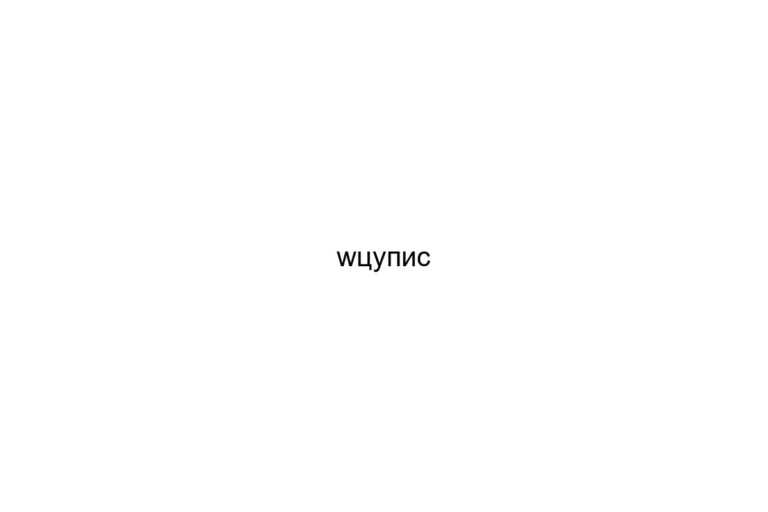









 Parisilyn Cruz has played a pivotal role as an article writer and key contributor in the development of Innov Art Foundry. Her deep passion for the art world is reflected in the insightful and engaging content she creates, covering everything from the latest art trends to in-depth explorations of virtual reality's impact on artistic expression. Parisilyn's writing not only informs but also inspires readers, making complex topics accessible and intriguing for a broad audience.
Beyond her writing, Parisilyn has been instrumental in shaping the direction of Innov Art Foundry. Her contributions have helped to establish the platform as a trusted resource for both seasoned artists and newcomers to the art scene. By blending her creativity with a keen understanding of the art landscape, Parisilyn Cruz has ensured that Innov Art Foundry remains at the forefront of contemporary art discourse, continually providing valuable insights and fostering a vibrant community of art enthusiasts.
Parisilyn Cruz has played a pivotal role as an article writer and key contributor in the development of Innov Art Foundry. Her deep passion for the art world is reflected in the insightful and engaging content she creates, covering everything from the latest art trends to in-depth explorations of virtual reality's impact on artistic expression. Parisilyn's writing not only informs but also inspires readers, making complex topics accessible and intriguing for a broad audience.
Beyond her writing, Parisilyn has been instrumental in shaping the direction of Innov Art Foundry. Her contributions have helped to establish the platform as a trusted resource for both seasoned artists and newcomers to the art scene. By blending her creativity with a keen understanding of the art landscape, Parisilyn Cruz has ensured that Innov Art Foundry remains at the forefront of contemporary art discourse, continually providing valuable insights and fostering a vibrant community of art enthusiasts.